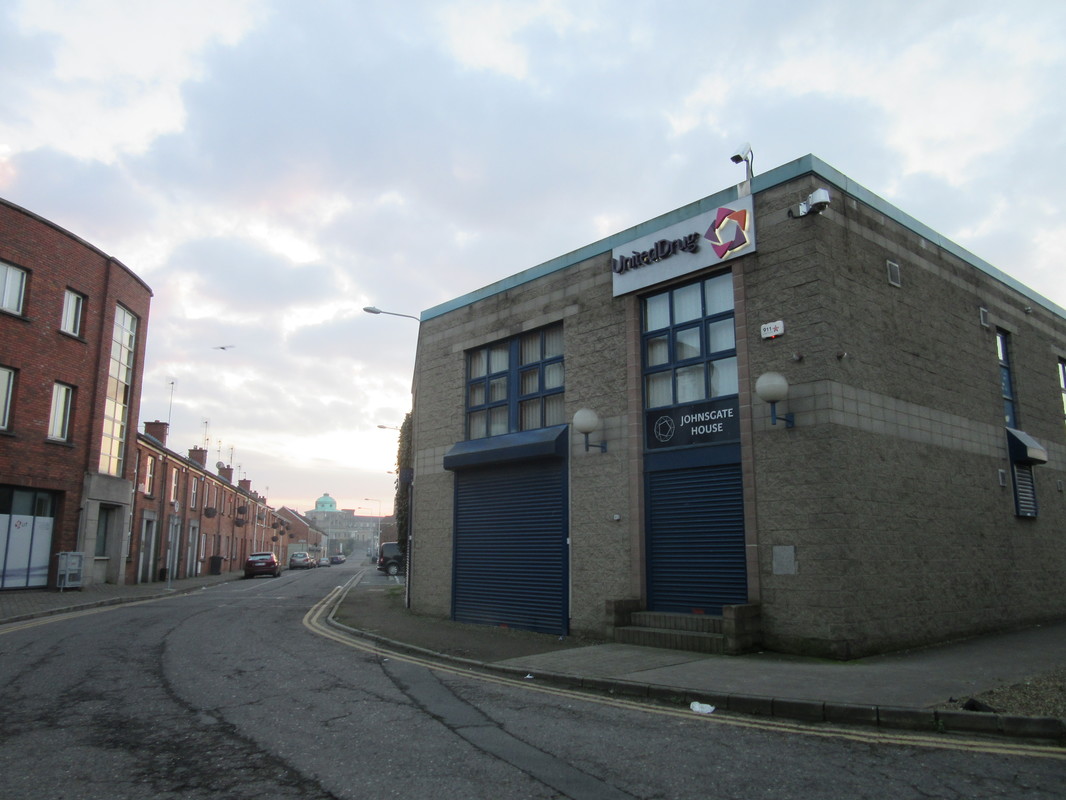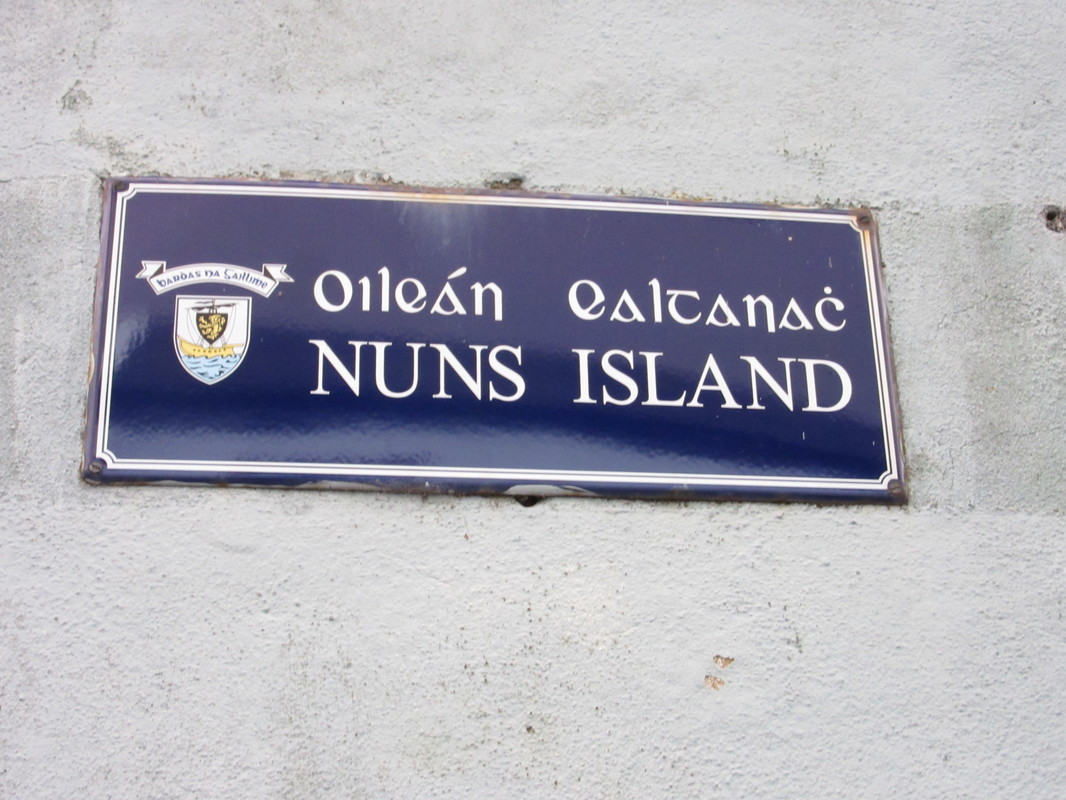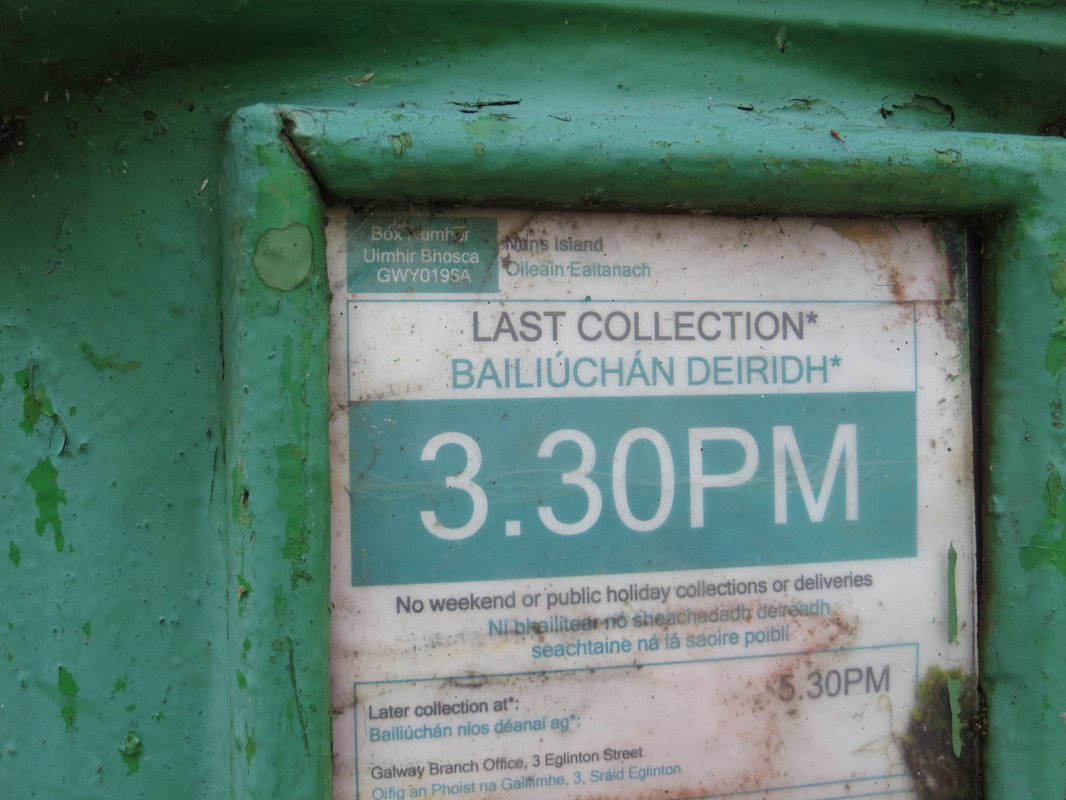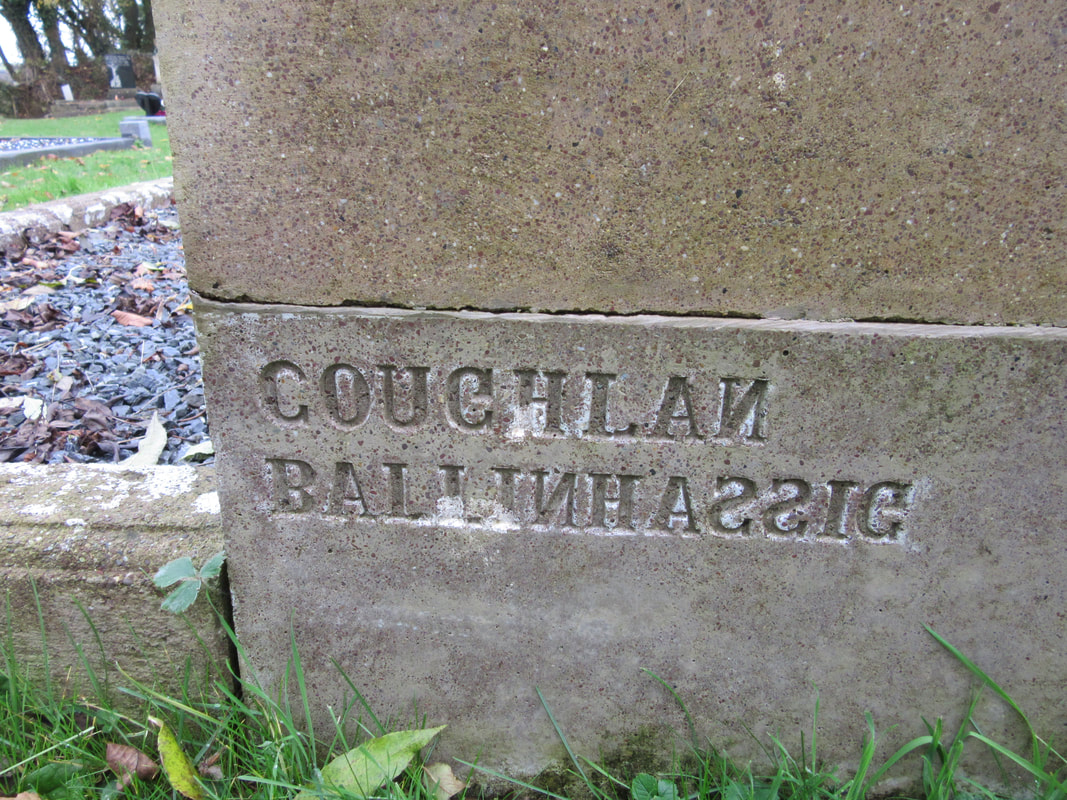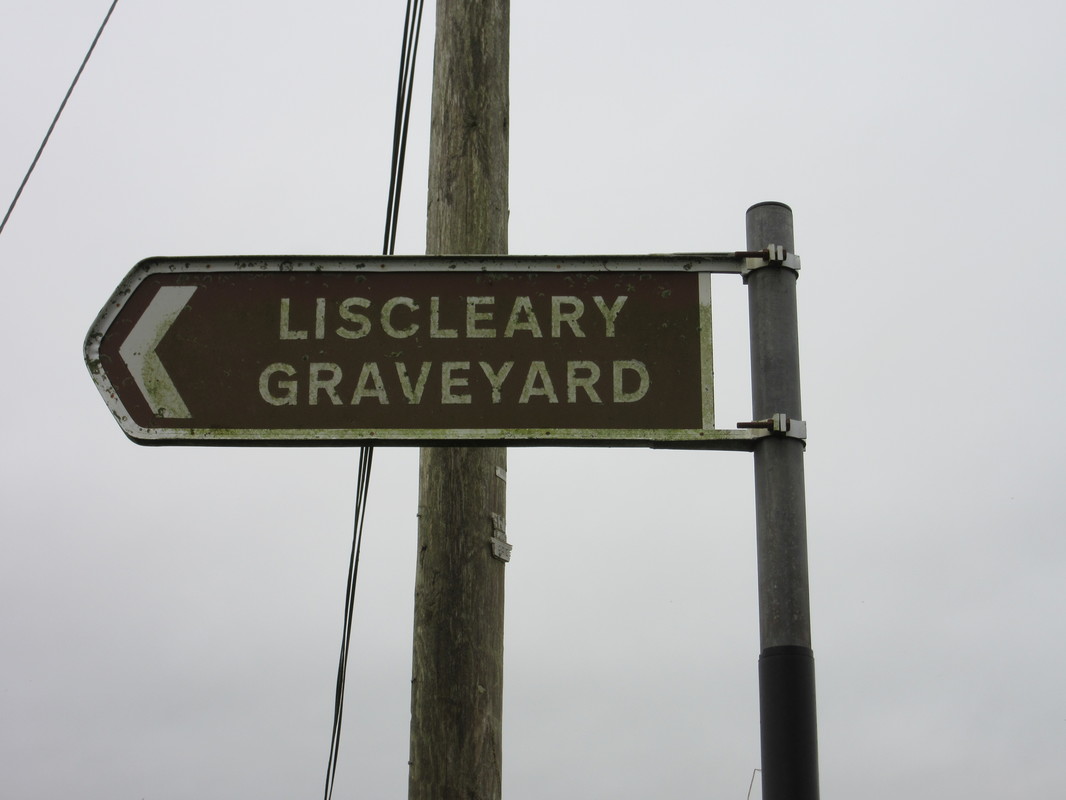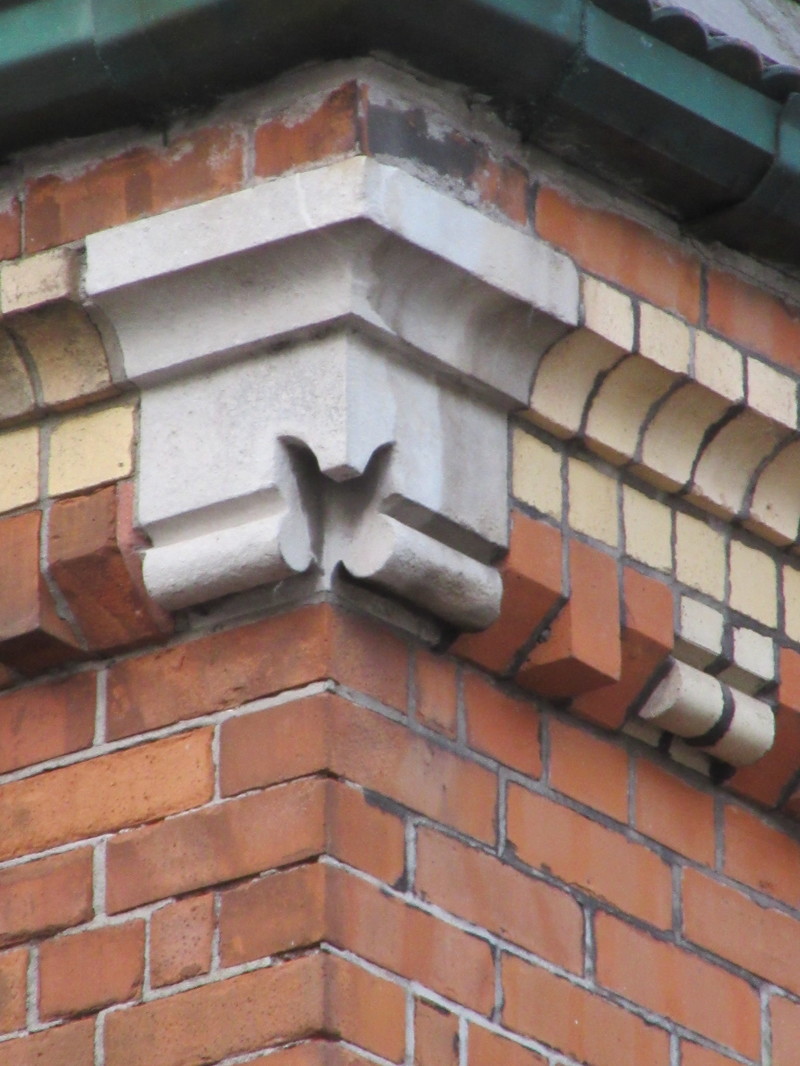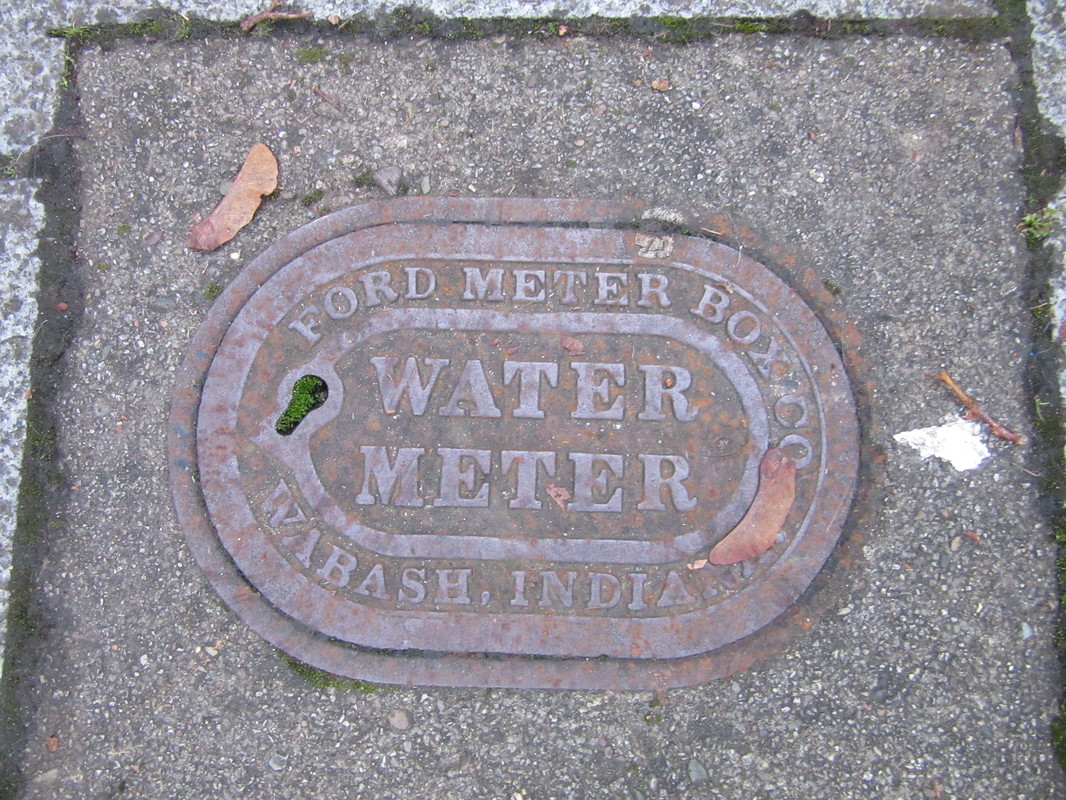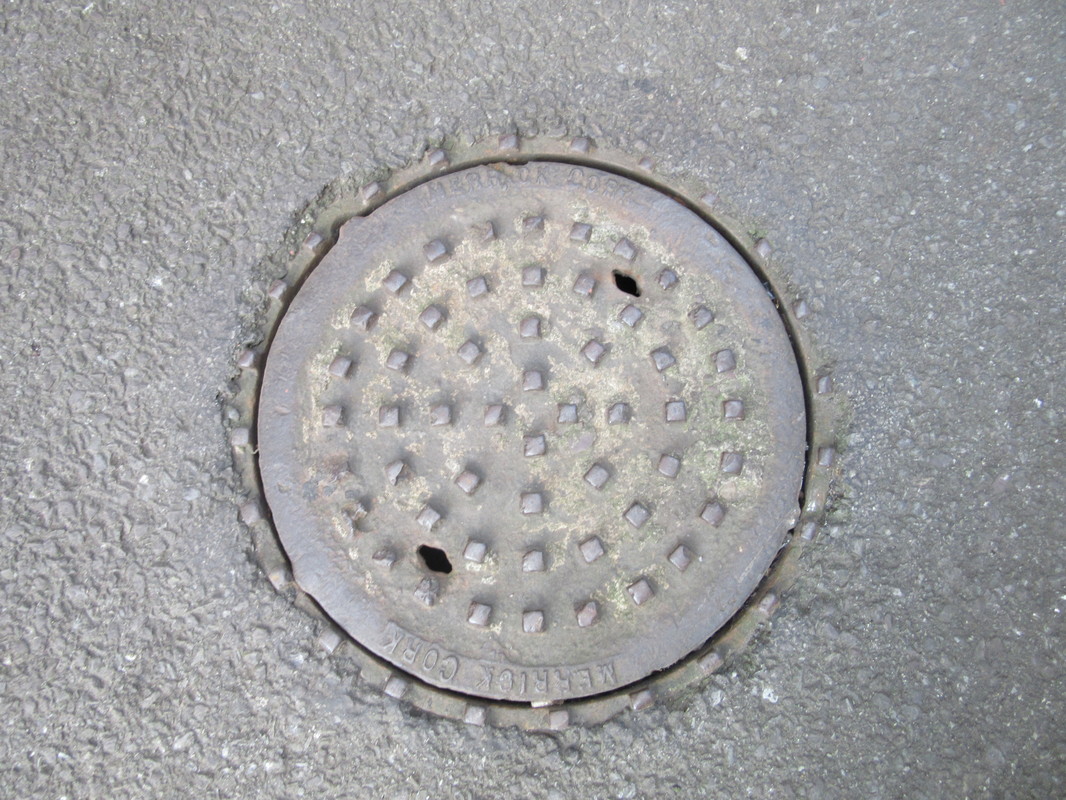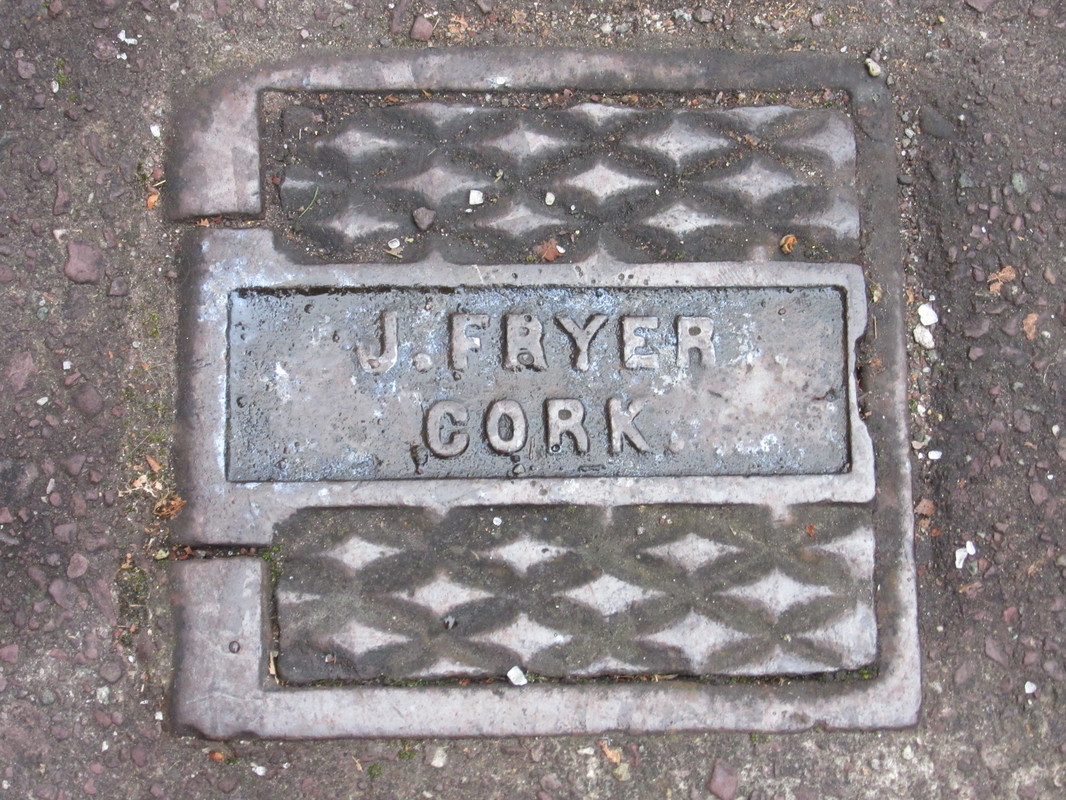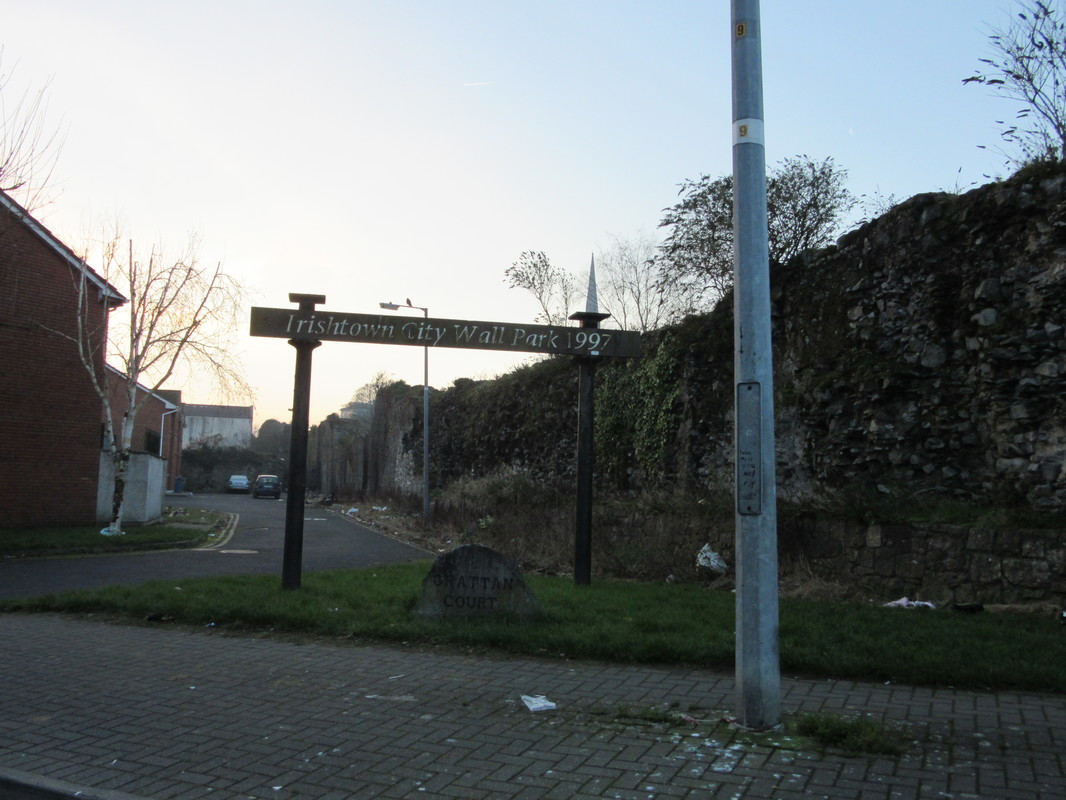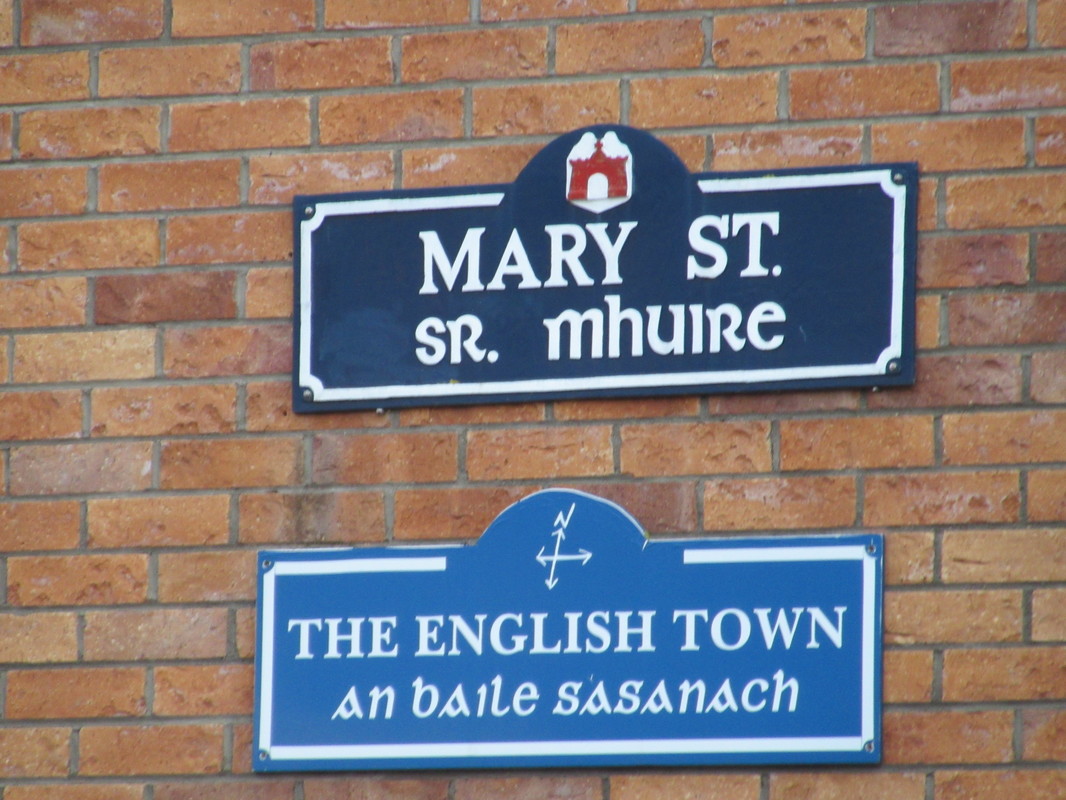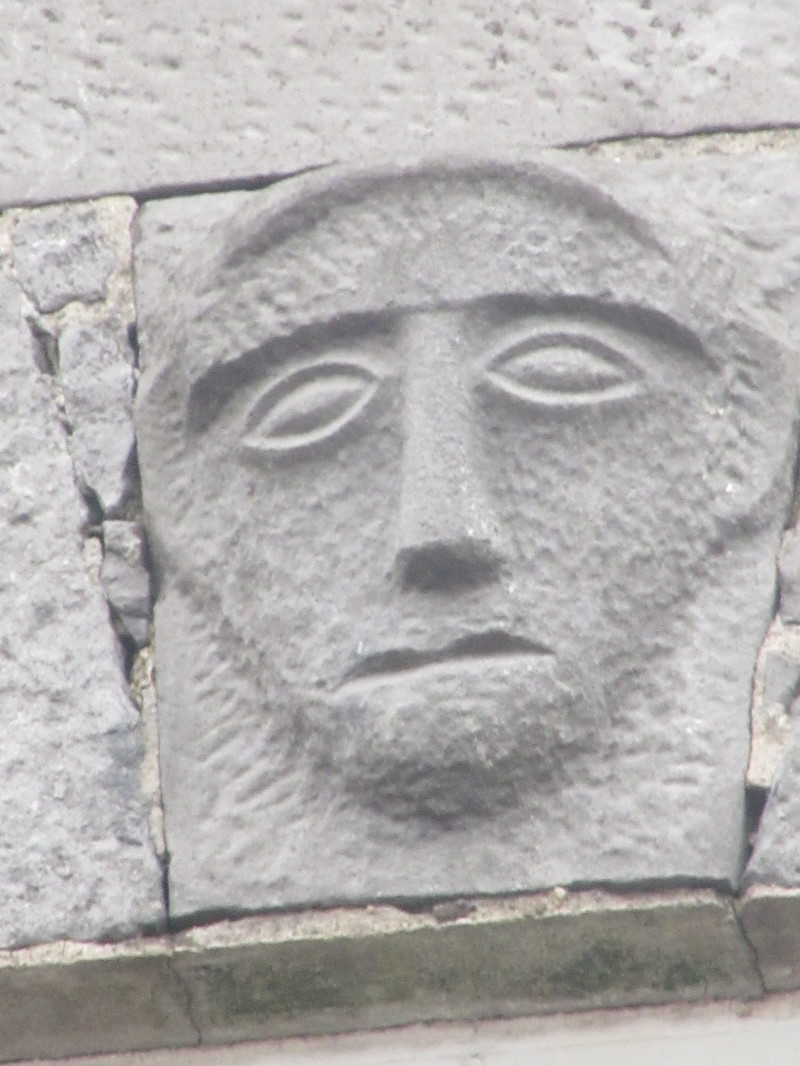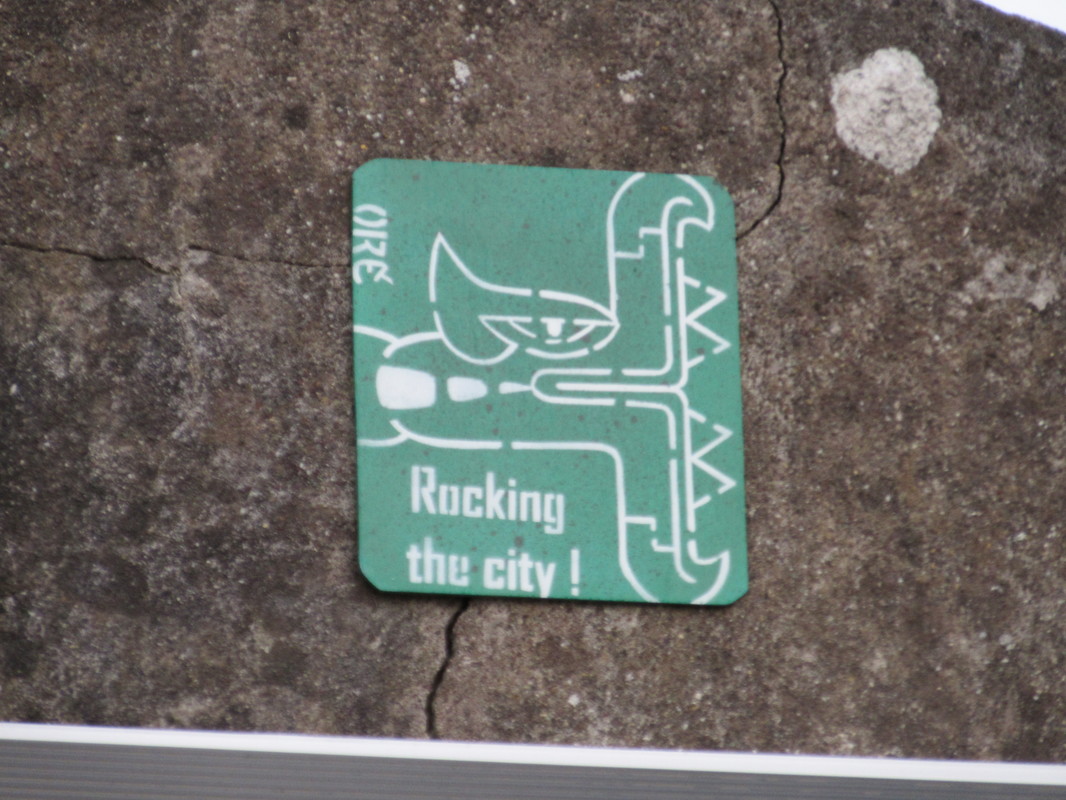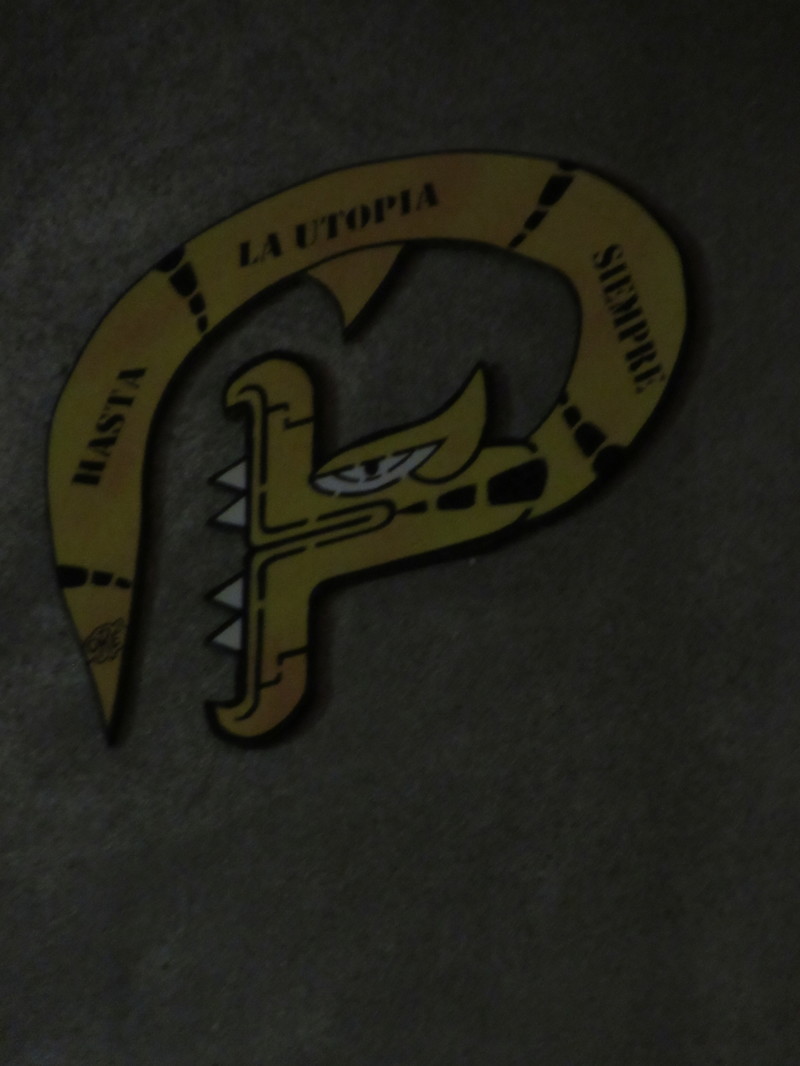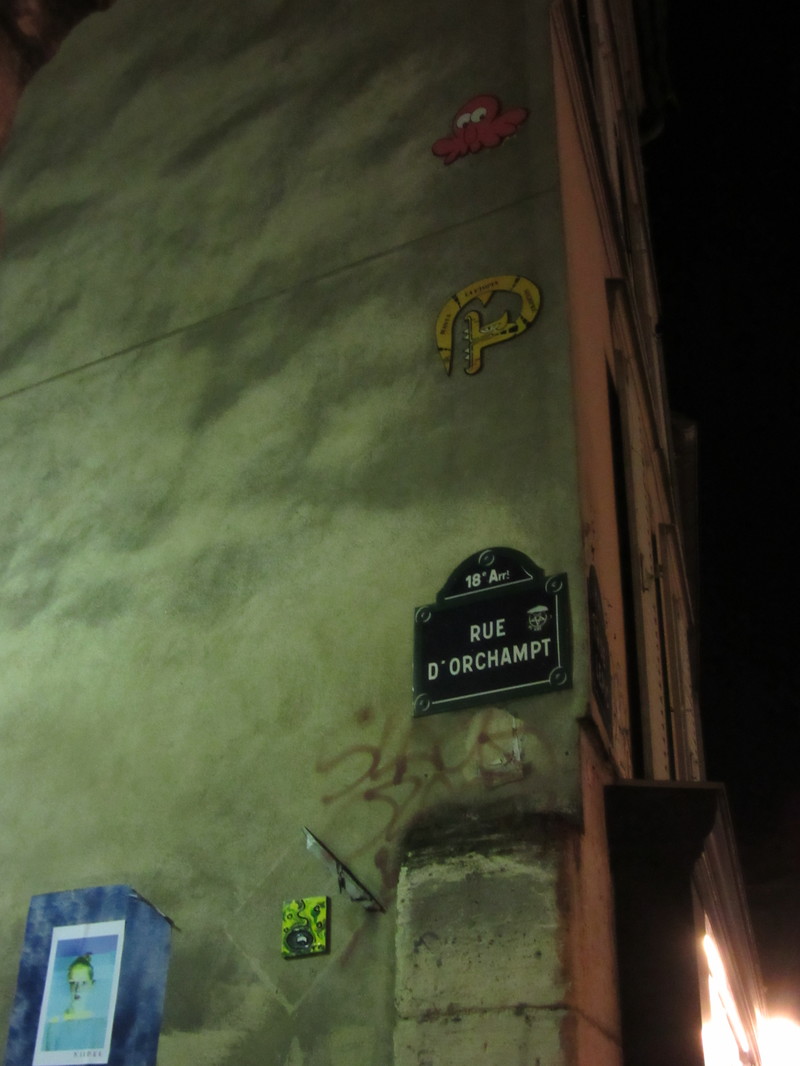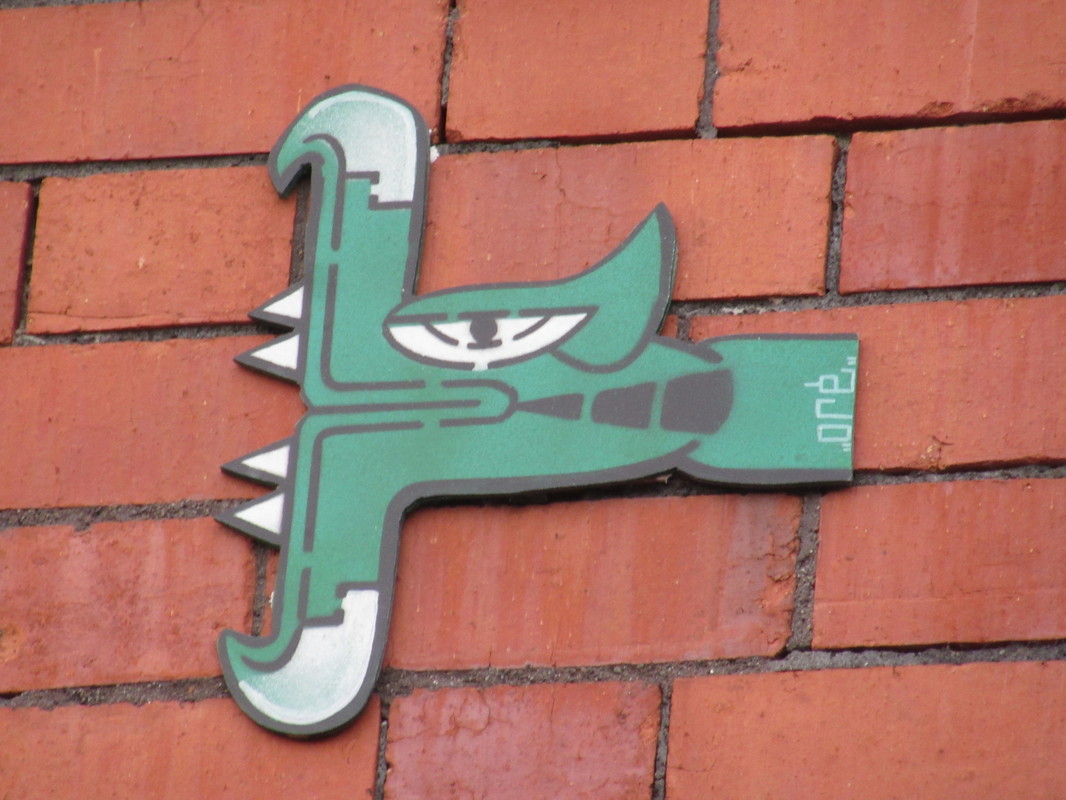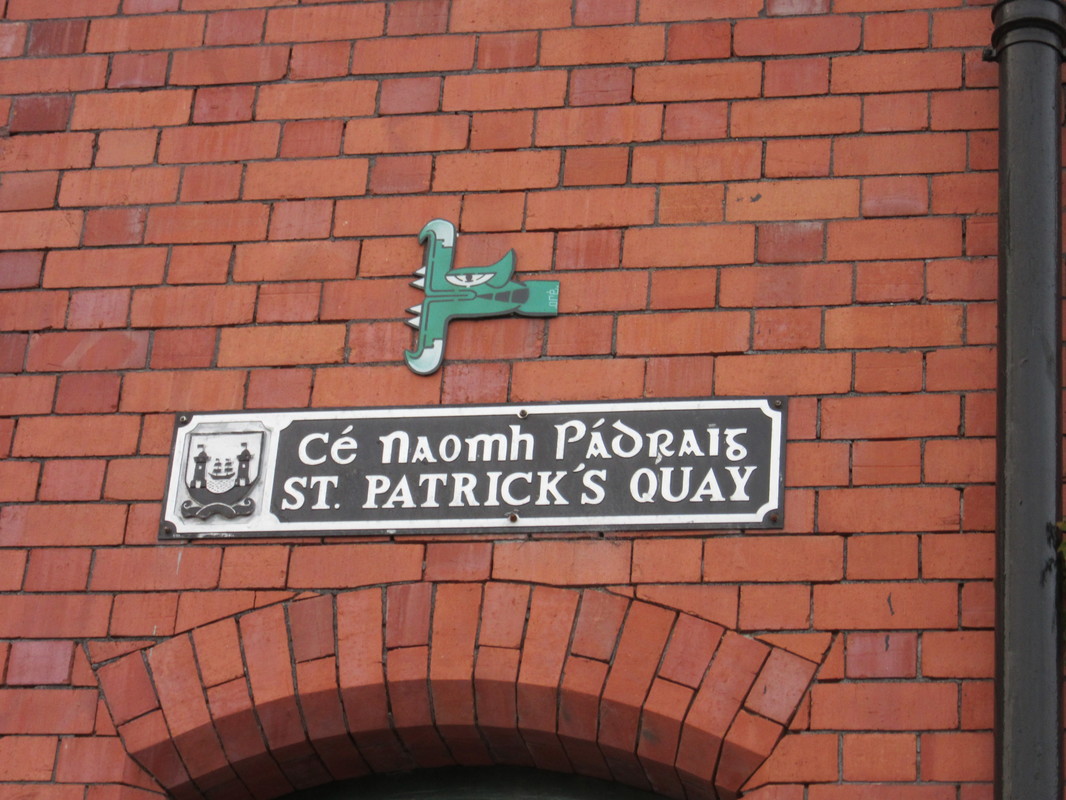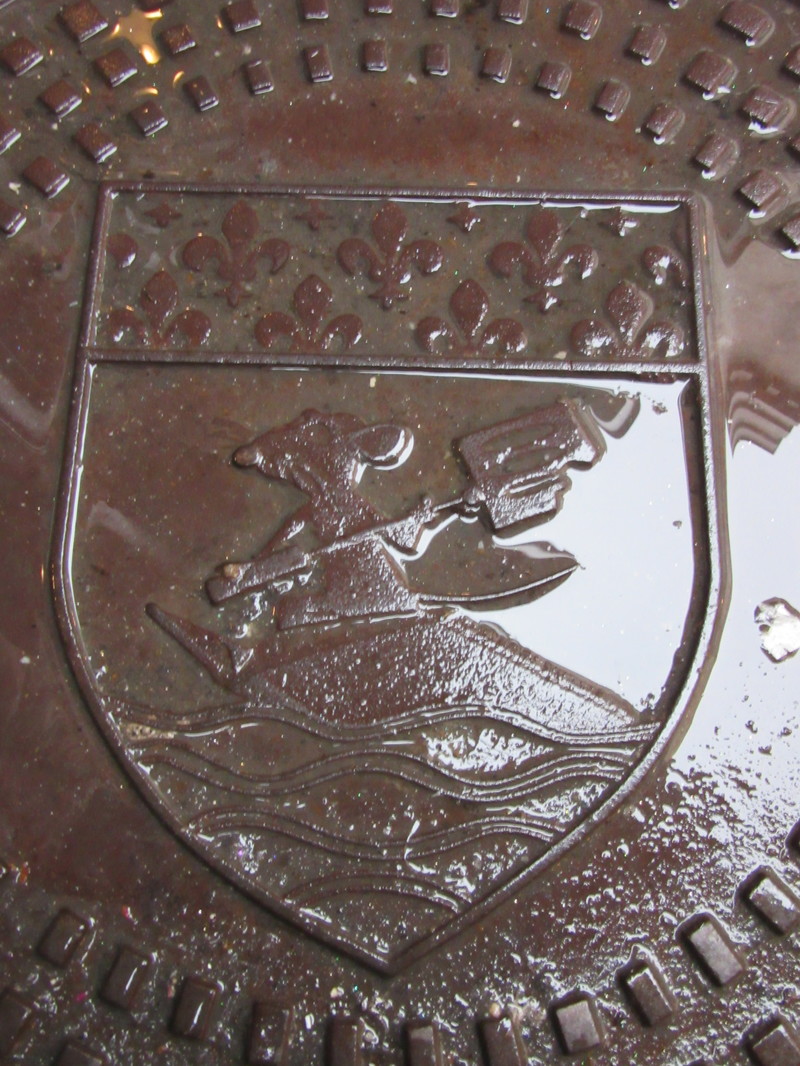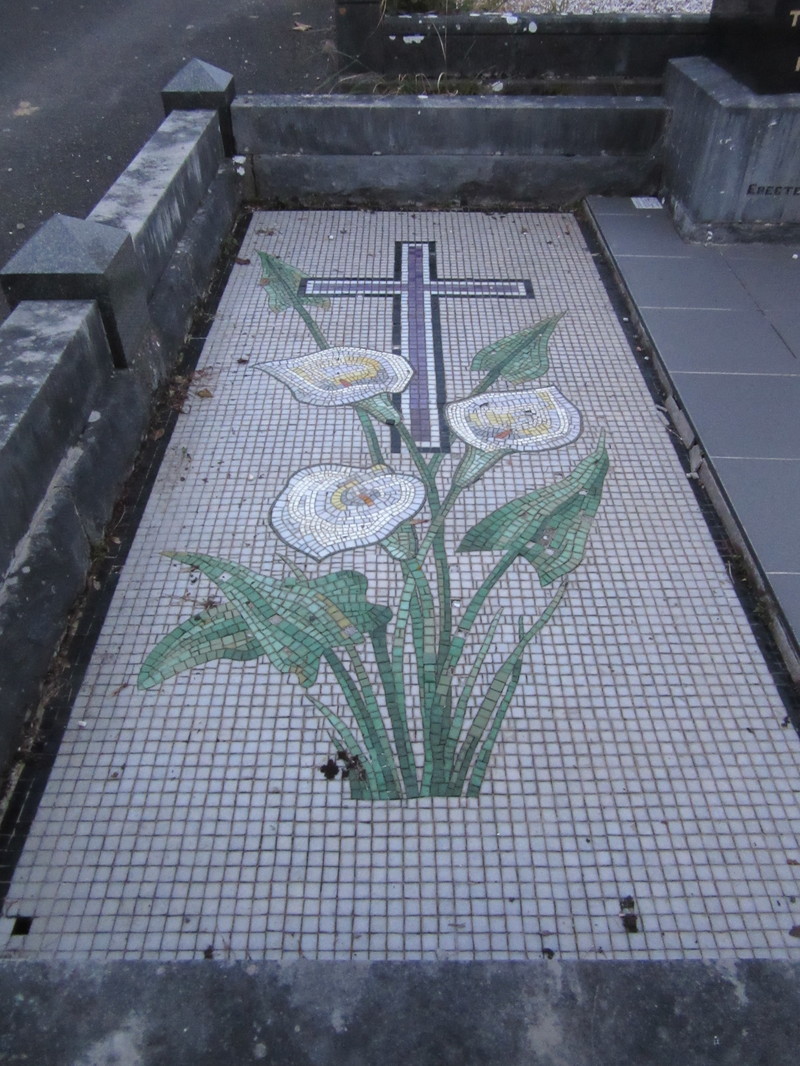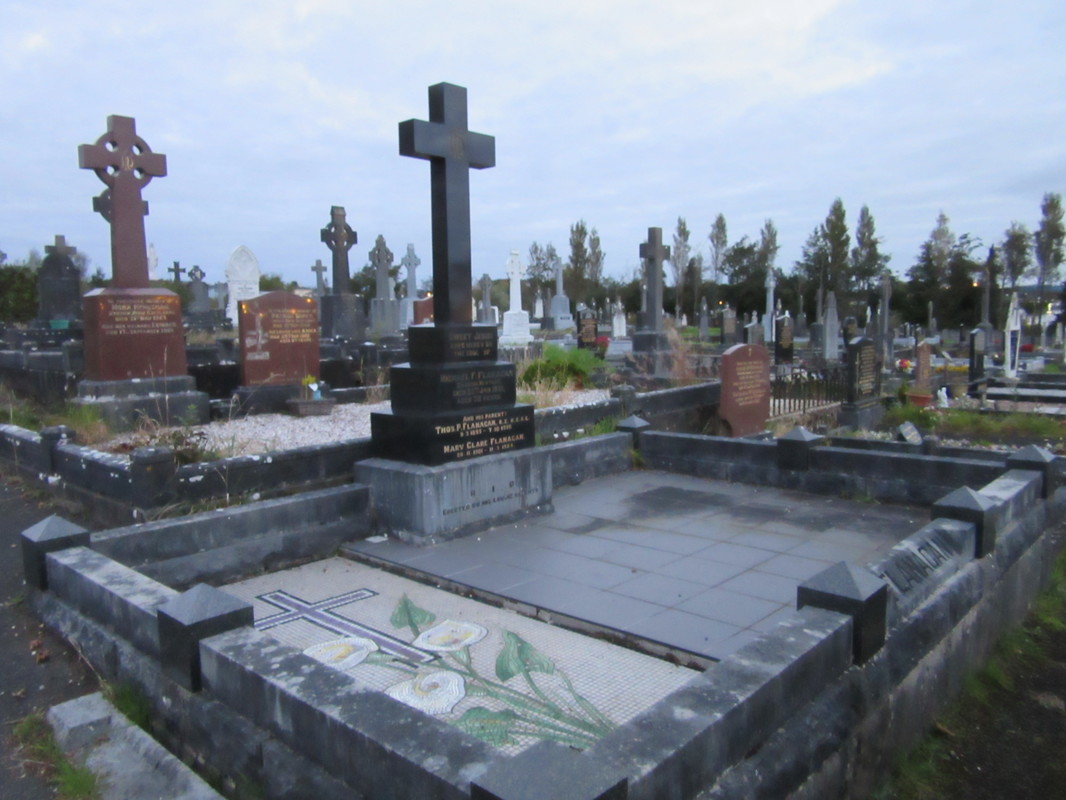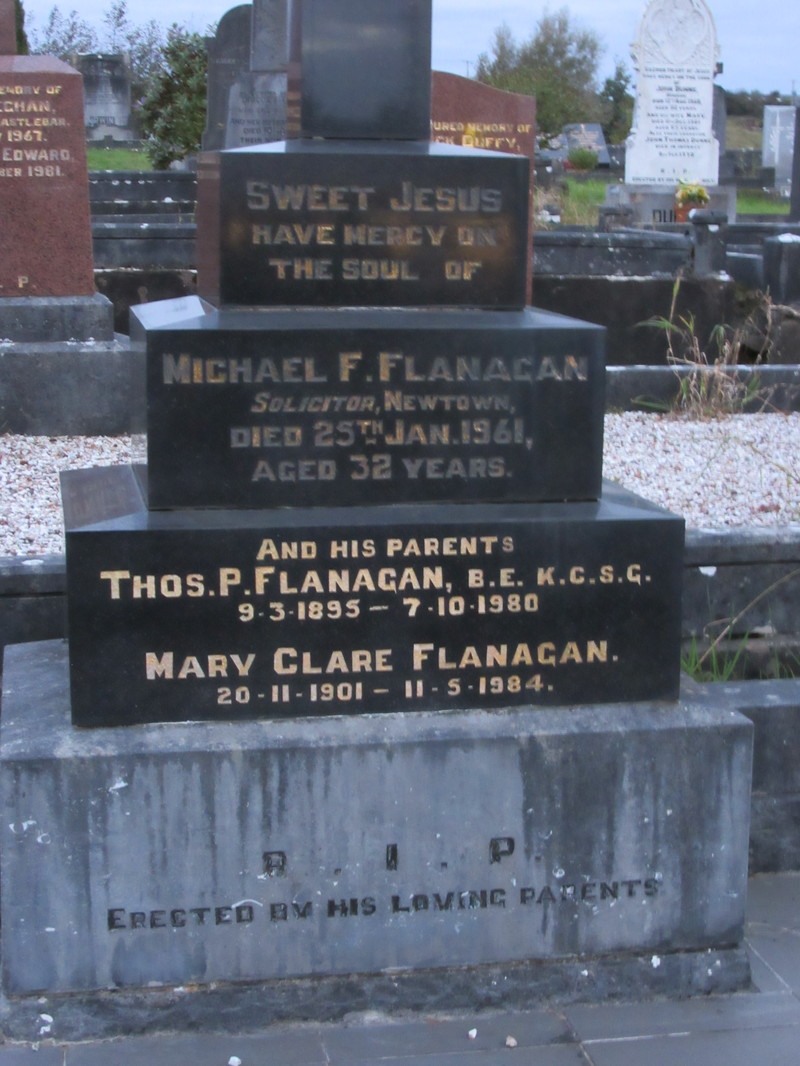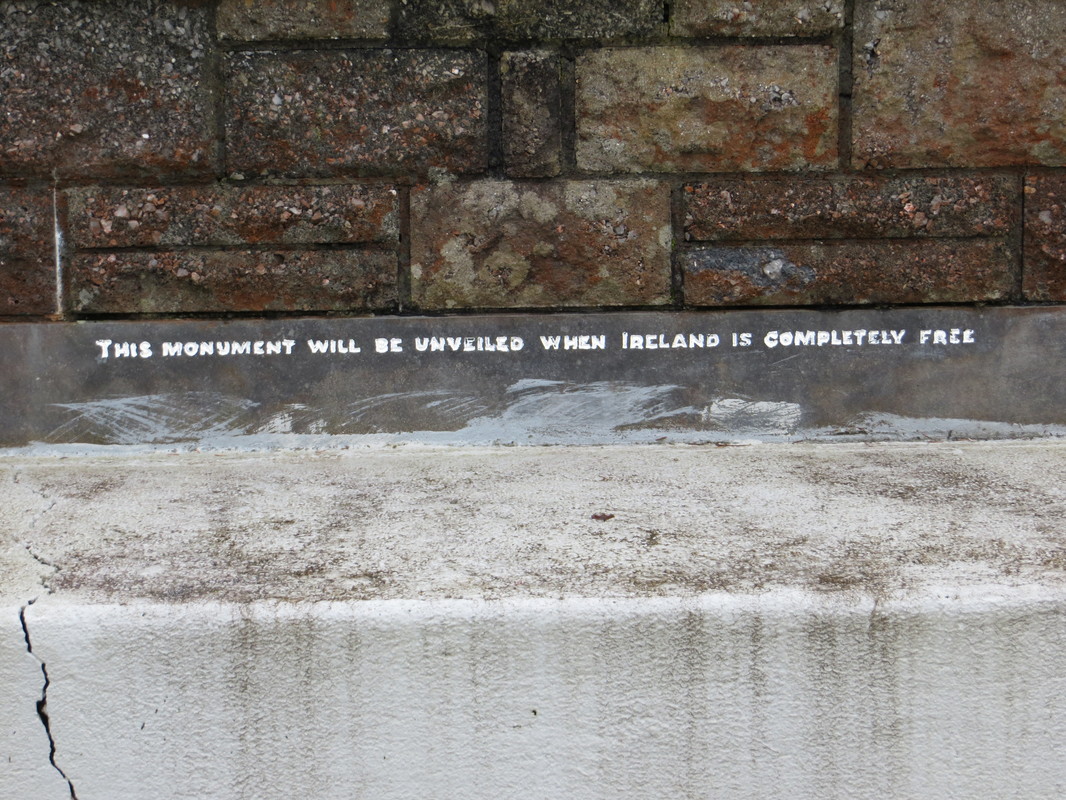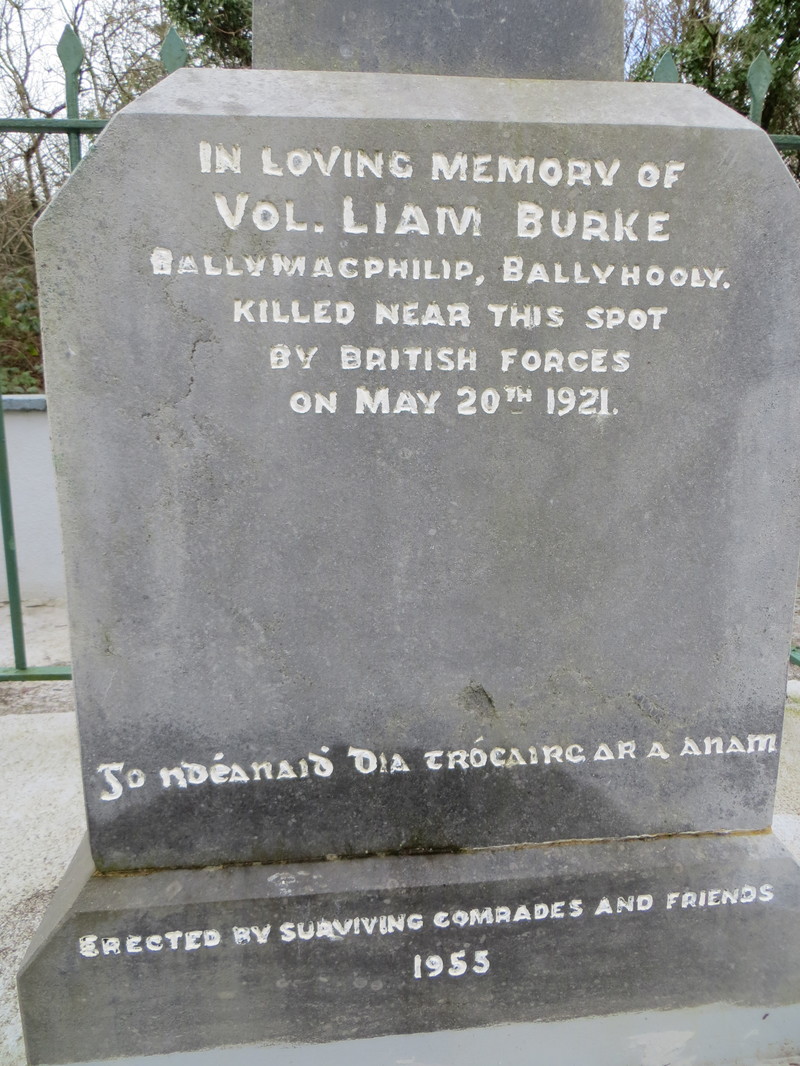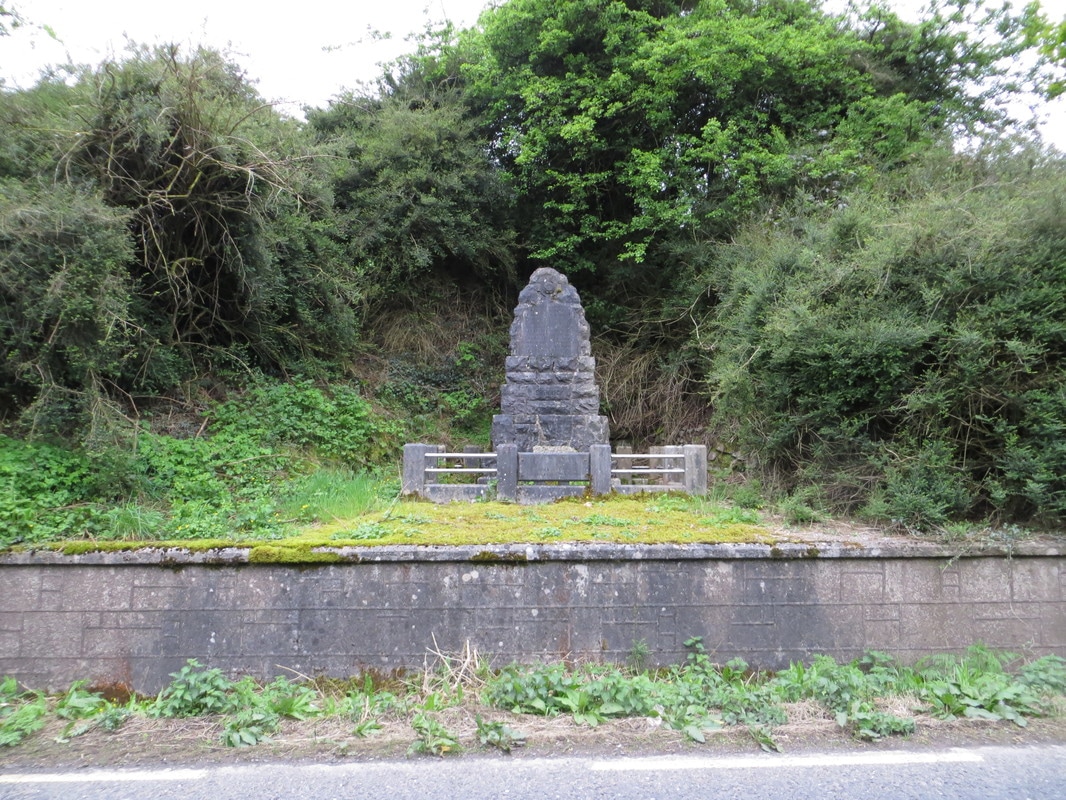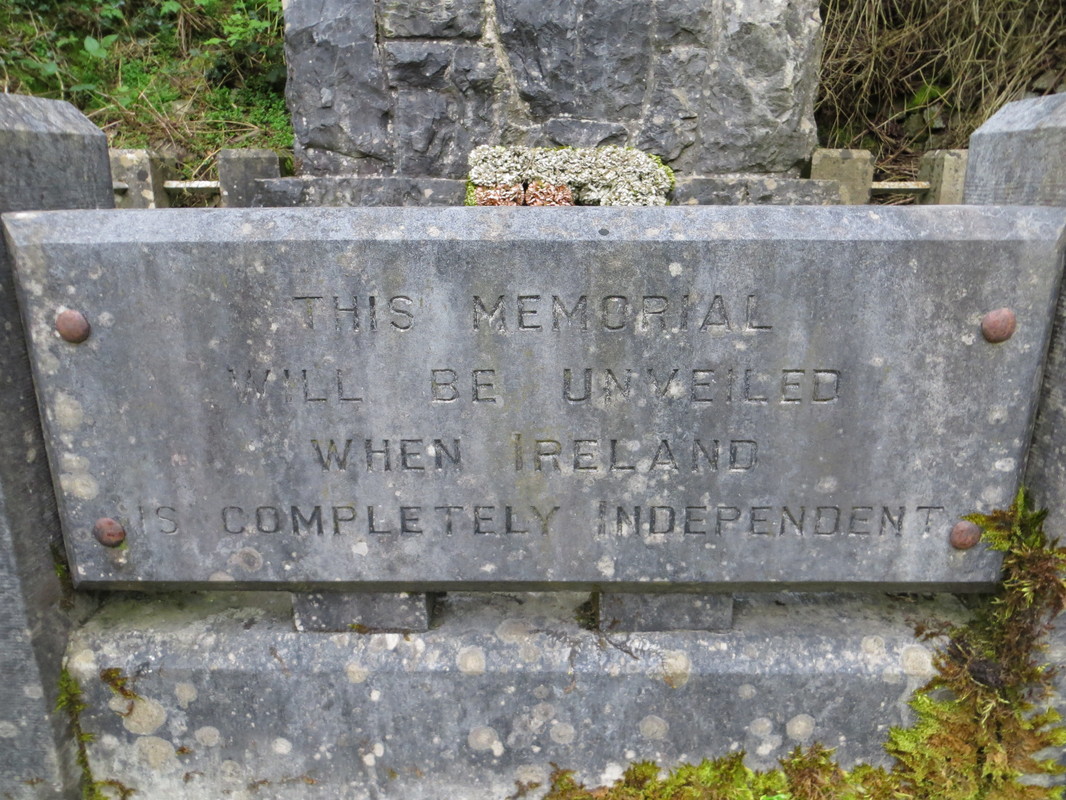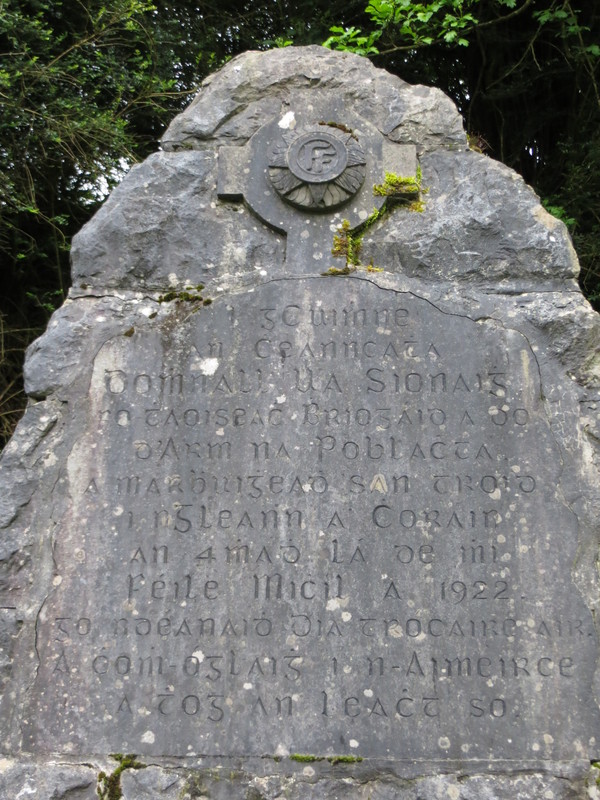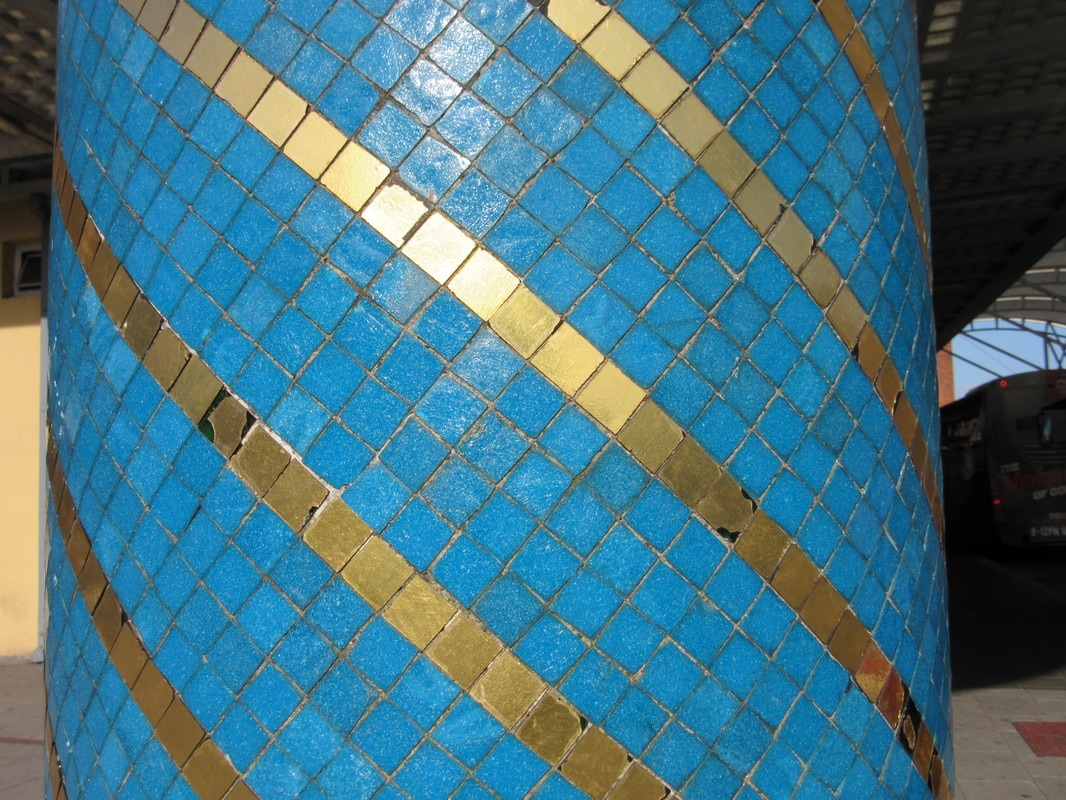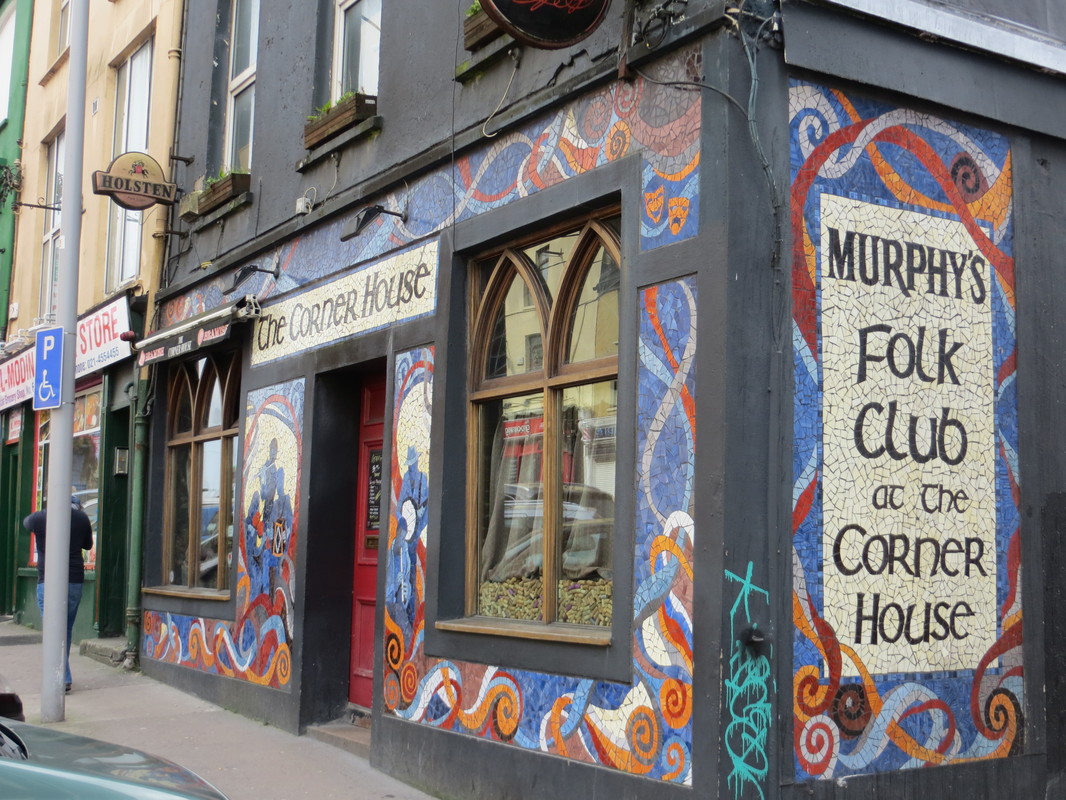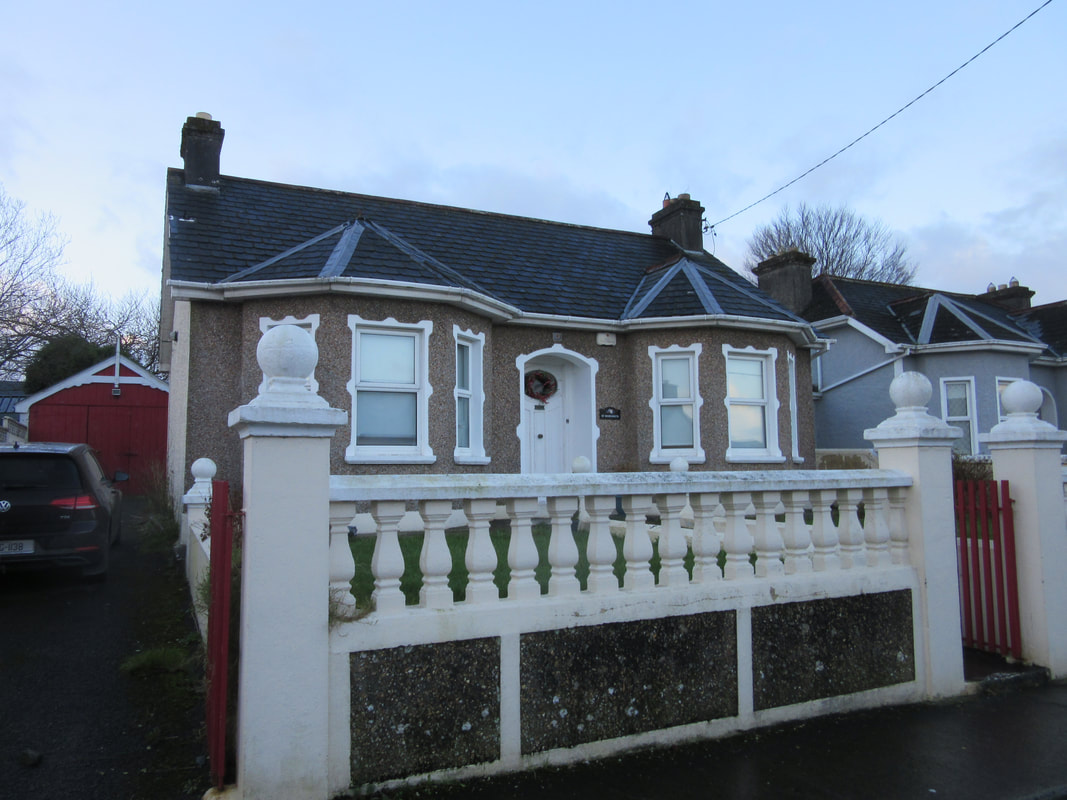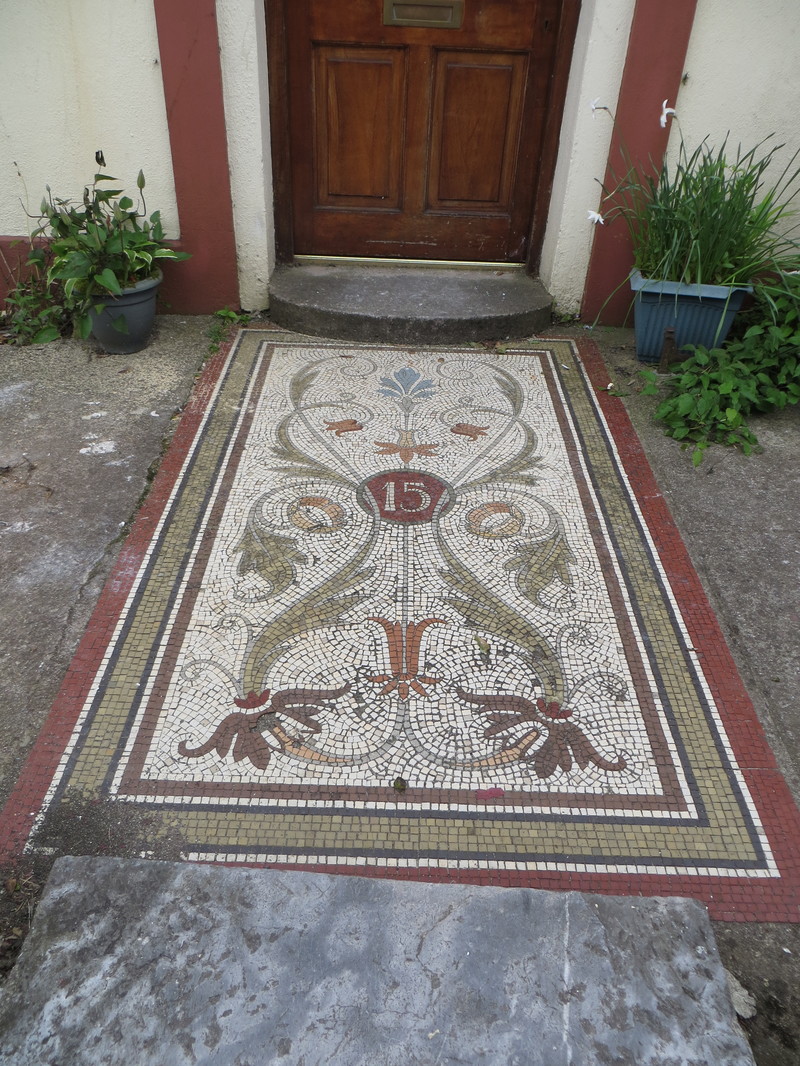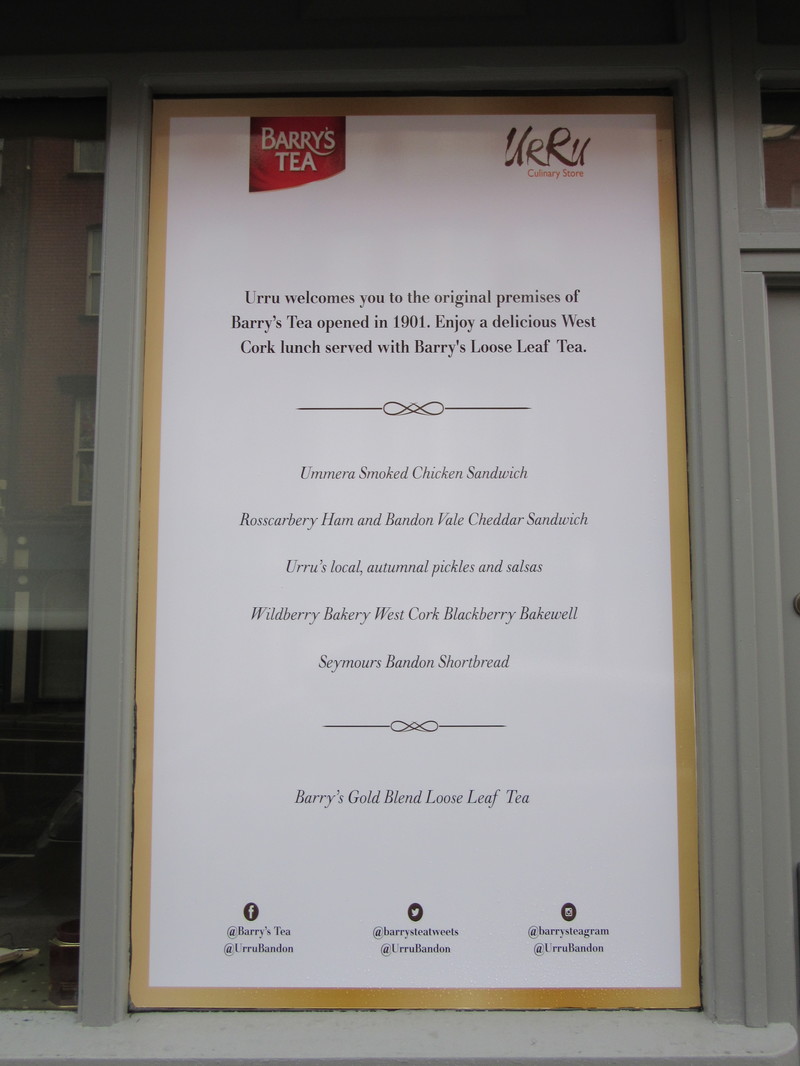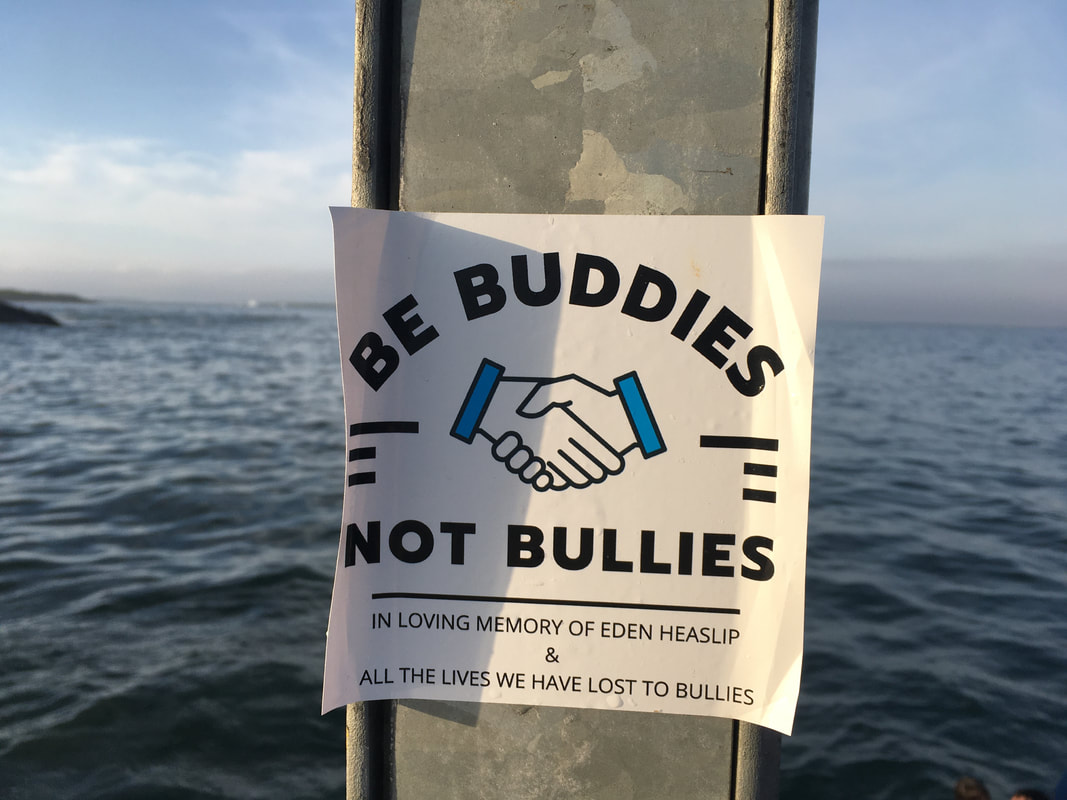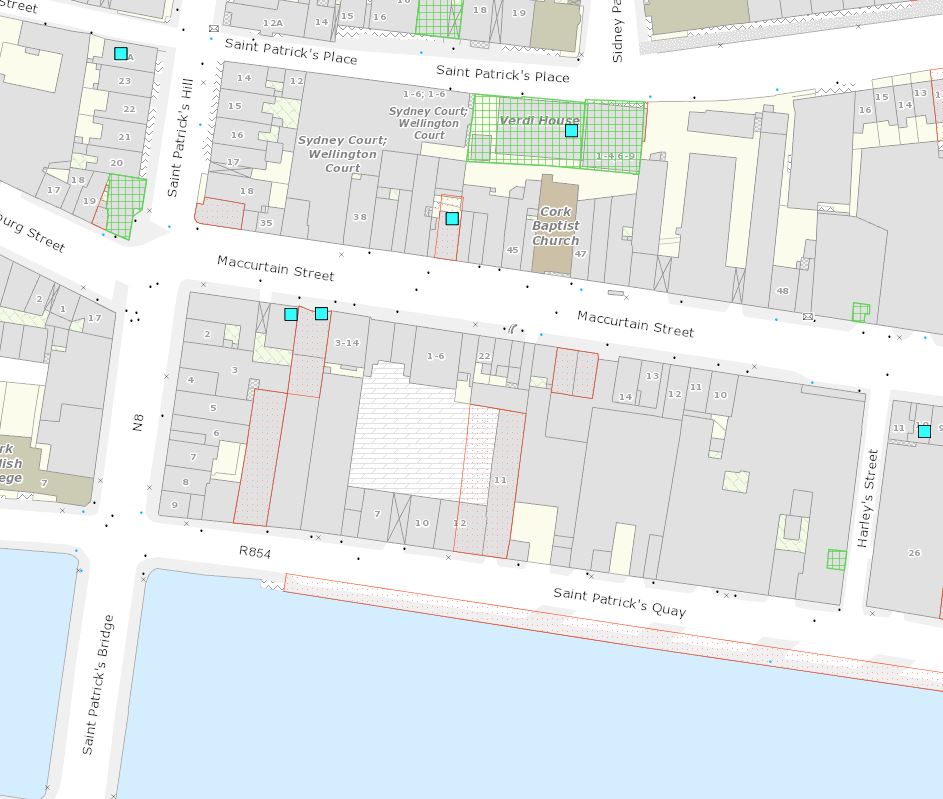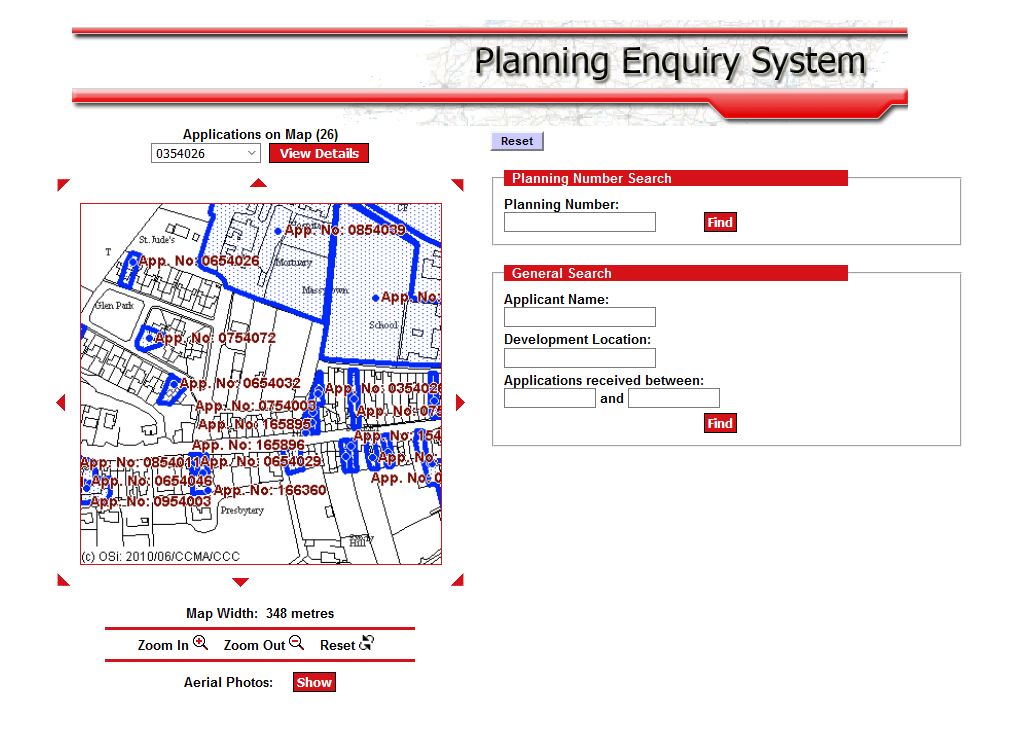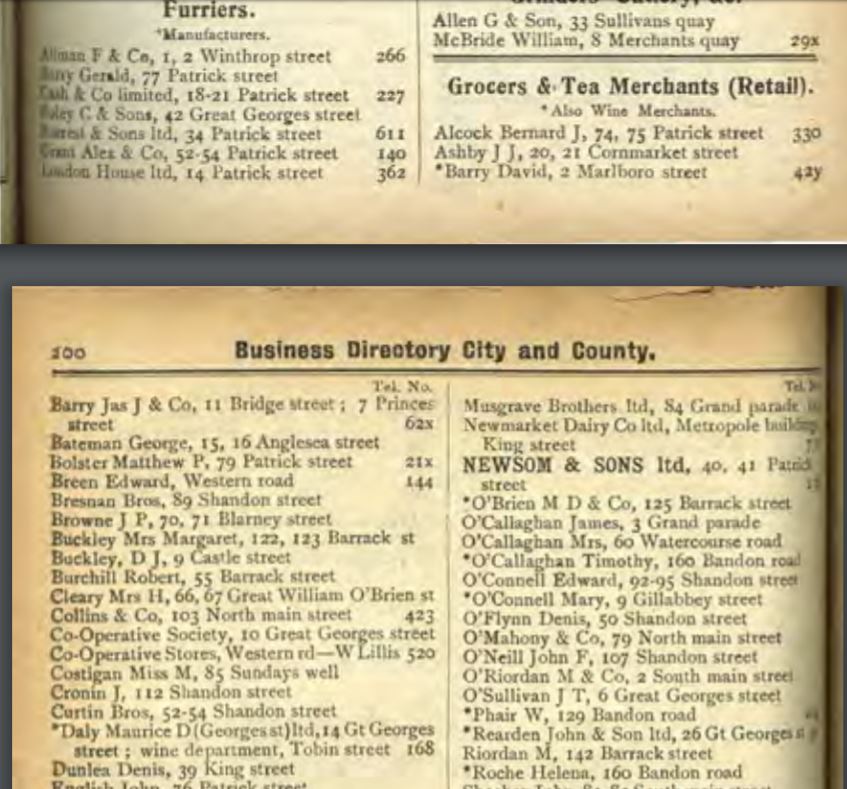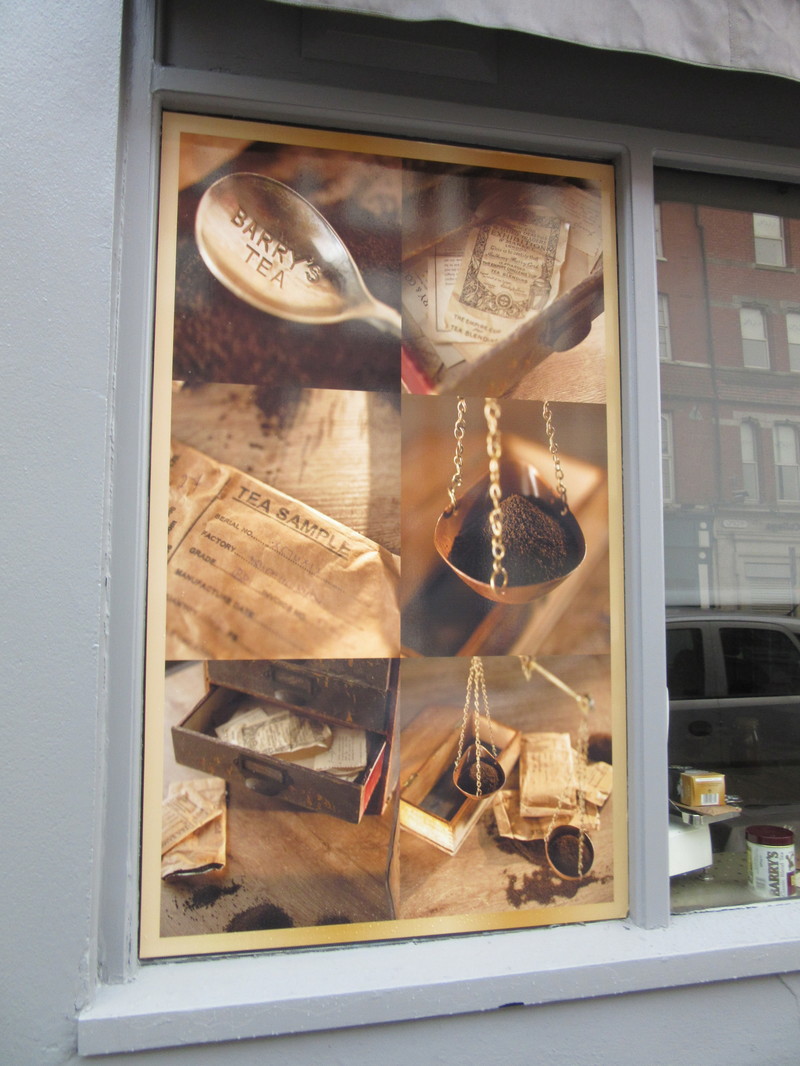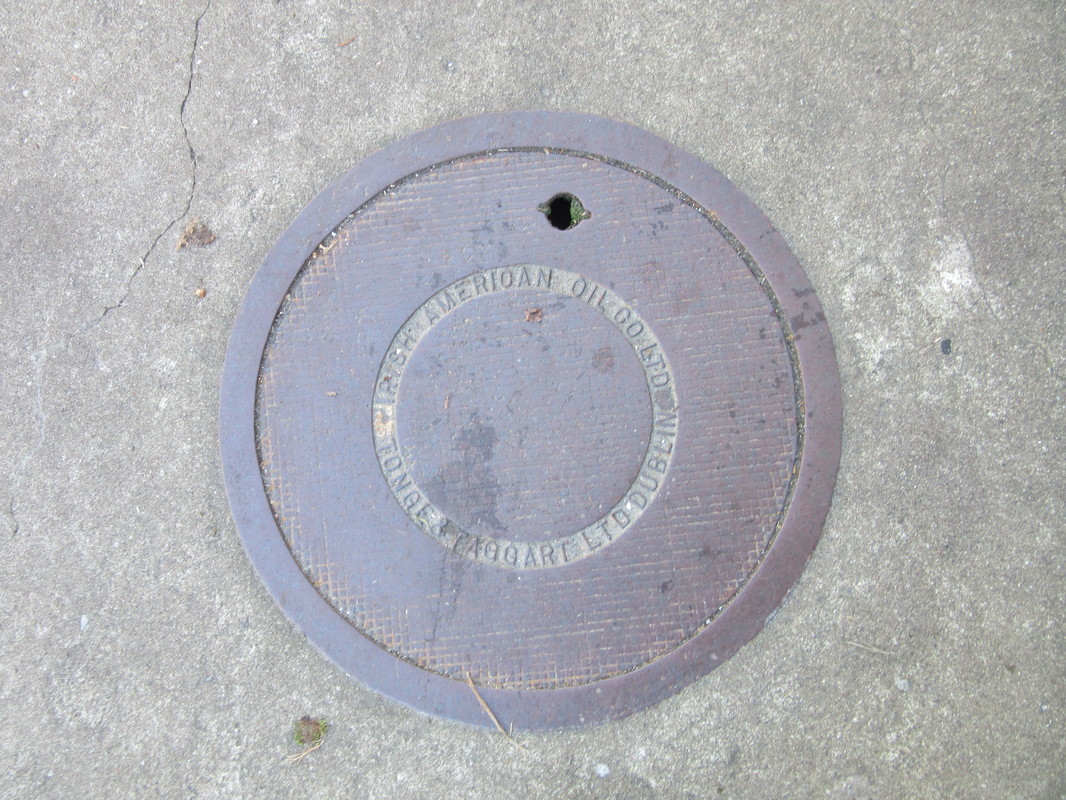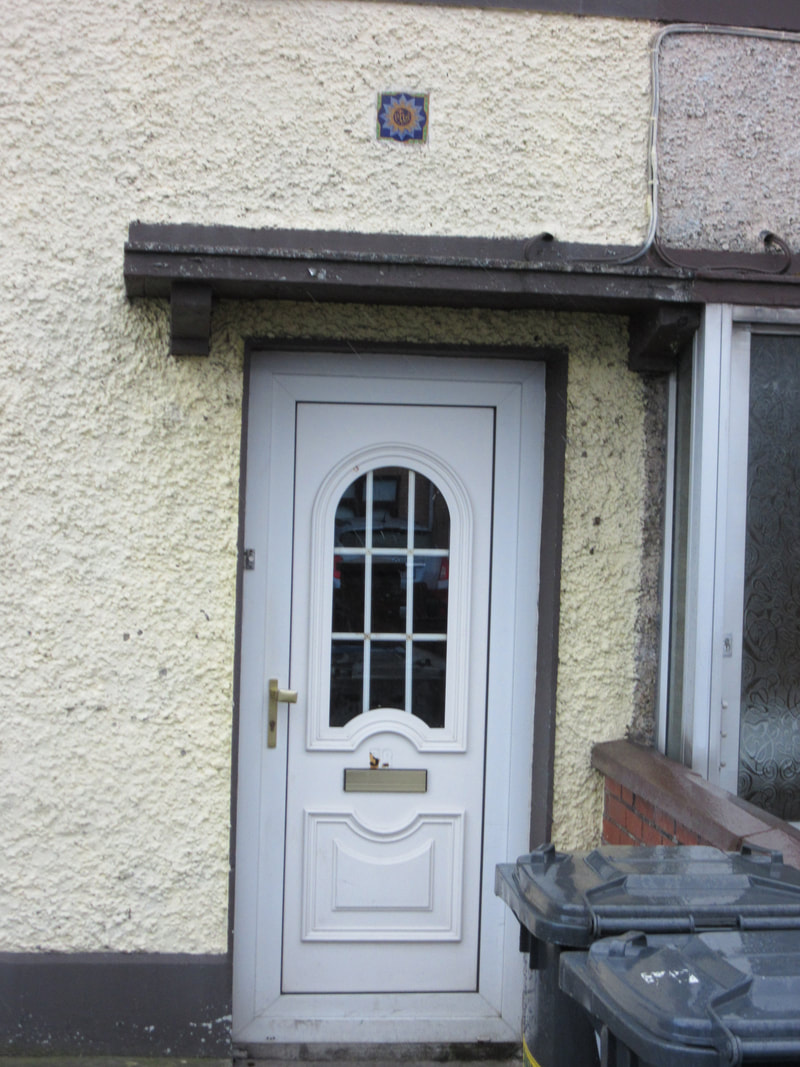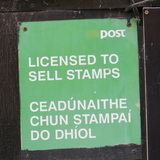|
I took this photograph in May 2015 when I had a few hours to explore and try to expand my collection of IHS Tiles – a ongoing endeavour. May 2015 was reasonably early in my relearning Irish education. I had a recollection that ‘bean rialta’ was the Irish translation for nun that I had known and used. When I saw the word ‘ealtanach’, it went on the mental ‘To Find Out More’ list but remained in the backwater of that list until this morning. There were a few tweets about streetnames in Cork – their misnaming and such stories. Then I spotted a tweet with an older streetsign for Nun’s Island and the same translation – ealtanach. ‘Ealtanach’ swiftly departed the depths of that To Do List and is now done – as much as I can, for now. An amount of time searching the internet did result in quite a number of dead ends. Teanglann.ie and pota-focal.ie both drew blanks in translations for ealtanach, ealtan and ealtanaigh. Thinking it may be a surname, I went to sloinne.ie – another blank. The online directory of Irish placenames is logainm.ie. Before it provided a clue, it gave some humorous distraction. There are two Nuns’ Islands listed as being in Ireland. The other is in Lough Ree, north of Athlone. The Irish name for this island is Oileán na gCailleach Dubh. ‘Cailleach’ was in my Irish vocabulary, from another streetsign at Cahercalla in Ennis – the Fort of the Hag.
UPDATE 2017.01.30 -The world of twitter has helped clarify, educate and improve my Irish.
Aonghus Ó hAlmhain advised that ‘ealtanach’ is listed on teanglann.ie as a variant of ‘ealtach’ translated as abounding in flocks (of birds); that the logainm notes also say ‘sin an áit ina mbeadh ealtaí éan’ – I translate as ‘That is the places in which there are flocks of birds’; and that eDIL dictionary confirms ‘caille, the base of ‘cailleach’ derives from veiled woman. On the way back from the mechanic, I spotted a fingerpost for Liscleary Cemetery. I looked at the clock and awarded myself some chill-out time, some cemetery time. I spotted a little riddle – I do not have an answer, yet. I have often seen the family name on the reverse side of headstones. I always assumed it was to assist those, approaching from that side, to locate the grave. I have never seen the family name written on the reverse in a similar style to this with standard letters (O, U, H, L, A, and I); upside-down letters (C, G and B) and mirrored-letters (S and N). I have seen a play on N’s but never so many as this. Maybe it is a family joke. Maybe someone in the family is a type-setter or engraver and wanted some fun. I cannot believe that it was accidental – especially with both N’s and S’s treated similarly. If the intent was to cause the reader to pause longer at the grave and think of the residents, it succeeded. Update 2017.01.30Sharon Slater commented ‘Ones that low on the back were often the names of stonemasons (up here anyway)’ GraveyardDetective told of similar incidence in Harrogate, where he was told by vicar and warden that the stone mason disliked the person named on headstone. Poor Frank Raw commented that it was ‘Inexperienced youth setting out (backwards) letters for pressing into concrete.’ Update 2017.02.02I corrected an error in title - An v A
I went to secondary school in this building for six years.
As well as going to and from school, I would have passed the building regularly going into town as it was one of the available routes. For the past nine years, I have passed nearly every day – at least once a day. Yet it was only last November that I spotted this lovely detail. It appears to be quite simple. Most things are when you know what you are doing. A symmetrical cut at the external corner of a stone provides a revelation – a lovely butterfly, even if it took me forty years to spot it. For a while, I have been keeping an eye out for manhole covers. Well, not just manhole covers but covers to any chambers in the ground. I have spotted a few gems included the mouse and the Marian Year. Yesterday morning’s stroll around Limerick brought this one to my attention. The older ones that I have seen generally have the names of local ironmongers, forges or plumbers. I consider it a success when I spot the name of an old foundry.
After walking away from the quayside by Barrington’s Hospital, I wondered why it was deemed necessary or economically beneficial to source a cover for a roadway in Limerick from Wabash, Indiana. The internet advises that the Ford Meter Box Company was founded in 1898 and is still trading, so maybe the cover is new and not many years old as I thought yesterday morning. Modern transportation might go some way to explaining the economic viability. Some time ago, I learned of the origins of the placename and expression “Irishtown” from author/playwright, Cónal Creedon. Cónal published his Second City Trilogy under the name Irishtown Press which demanded of me to ask the question. When I did ask, I learned. Cork was originally a walled city based around North and South Main Streets. There were gates at either end with bridges over the river – North Gate Bridge (Griffith Bridge) and South Gate Bridge. The native Irish were not permitted or able to reside within the walled city and so created a community outside – not too far away, but outside. In Cork, the native Irish created an enclave close to Shandon. This place became known as Irishtown, the town of the Irish. I knew of an Irishtown in Dublin, close to Ringsend. Logainm advises that there are 20 such places in the country. This morning, I had a very pleasant couple of hours around Limerick. As well as seeing the location of the old wall of Irishtown, I discovered that there was also an Englishtown. Upto then, I had assumed that the walled town or city was called Dublin, Cork, Limerick or wherever and the outside area called Irishtown.
Logainm lists 7 Englishtowns in the island of Ireland – but its location for the Limerick one differs from the location of this sign.
Limerick’s Life does provide some interesting history on the bridge between Irishtown and Englishtown. I repeat, it is a bad day when one does not learn something new. I think it is great when I spot something unusual on a building – something that the many who pass by regularly do not appear to notice.
Last October, I spotted this on the wall on Washington Street, near St FinnBarre’s Bridge. I had a vague recollection of seeing a message in a similar style somewhere previous – but had not photographed, unfortunately. Taking the photograph, I was hoping that I would again pass the one that I had previously seen; that I could then take a photograph; and then compare the two. At the start of November, a family break to Paris saw us walking back from Basilica Sacré-Coeur towards Montmatre. I spotted this. To my eyes, there are definite similarities with the eye and the four teeth/triangles – but any more than that had me beaten. I do not know. The Paris message appears to translate as ‘To Victory Always’ which does not relate to ‘Rocking The World’. This is still a riddle waiting to be solved. Are the eyes and teeth a coincidence? Is there a link between the messages? UPDATE 2017.02.15 I found the photograph of the original marking. It is at St Patrick’s Quay. It is of similar style to the other two I have seen – but I am still completely lost as to the meaning. UPDATE 2017.02.16 Thanks to Miscellanea Curiosa on twitter who has advised that they are the work of Oré – a street artist from France.
His website reveals that there are a few more in Cork that I have yet to spot. It is great that the riddle has been solved. I suspect that most people who go to Disneyland Paris get the biggest smile from one of the rides; the parade; or, even the fireworks display.
Maybe the display of amazement or excitement on the faces of others is the source. For me, on a cold and slightly wet November Monday, none of the above was the cause. It was something that I have never seen before and do not expect to see anywhere else. It was something that recognised the worker. I expect that it will bring a smile to many. I do like visiting cemeteries. I do like mosaics. It is not often that the two combine but they did so in Castlebar a few months back. I had an early morning stroll around the cemetery. I stopped to ponder at the ceramic mosaic. It appeared to be a triple grave but if anyone else was to be buried on the left section, it would mean destroying the mosaic. Briefly I wondered as to whether that section was full; whether a decision was made that no more would be buried on that side; or even none buried at all on that side. Then I walked on and it was mentally filed away as a potential blog, sometime. Over the Christmas break, I spotted a tweet from GraveyardDetective where he had spotted a headstone in Anfield Cemetery upon which was engraved the message that the grave was not to be reopened after the couple were buried. It did add a sense of mystery and intrigue. Why? I have seen similar messages only relating to Irish Republican Memorials but to effect that gate/wall remains until Ireland is fully free. I have never seen such a message in a cemetery. Back to Anfield - Why? Why was it necessary to have engraved? Was it obeyed? I have no answers so your imagination is probably as good as mine, if not better – let it loose on that for a while. A final reminder to self – better upload those mosaics that I have spotted around Cork. Until then, a taster.
I love that every building has many stories. It is so true that owners are only custodians of so many buildings. The buildings will outlive most owners. But many stories about the buildings are lost over time. Anyone who has used an online Local Authority Planning system or the online Land Registry system, LandDirect, would have seen that the each property is separately identified and can be cross referenced with ownership details or planning applications. I would love if the Heritage, Conservation and Arts Officers in Local Authorities were able to use a similar mapping system to record information relating to the building. This would not just be limited to previous owners or occupiers but any nugget of historical, construction or artistic information – maybe there was War of Independence connection; possibly Frank O’Connor mentioned it in a story; maybe James Joyce’s father pawned his false teeth there; or, maybe Gerry Murphy mentioned it in a poem. Every building has a treasure trove of stories that are calling out to be collated. I think it would be great if that treasure was available. On the 15th October, I was delighted to see the shopfront of Leonie Lyons Opticians on Bridge Street temporarily amended to reflect the first shop of Barry’s Tea.
Urru of Bandon had a special lunch available later that day but we were heading on to Mallow. It would have been great to attend the recognising of history. Prior to that morning, I did not know the building was the start of the Barry’s Tea empire. I do now, but those who did not pass Bridge Street that weekend missed that nugget. Since then, the Guy’s Directory of 1916 throws up some anomalies in that it lists Barry’s Tea at 11 Bridge St and 7 Princes Street – whereas Leonie Lyons is at 7 Bridge Street. The tweet from Barry’s Tea does show the address as 7 Bridge Street so maybe Guys misprinted. On the basis of three digit telephone numbers, it looks like there was less than 1,000 telephone numbers in Cork in 1916. Apologies if today’s blog has been a bit of a ramble rolling into a rant but the connections that could be made with such little nuggets could be brilliant. My curiosity levels were raised in Westport over the Christmas holidays. I spotted this chamber cover in the footpath, or alternatively the sidewalk, when we spent a very pleasant couple of days in Co. Mayo. I had never heard of the Irish American Oil Company Limited until it stared back up at me from the path. The Companies Registration Office advises that it was founded in 1951 and dissolved in 1990 – having filed last accounts in 1980.
|
AuthorFrom Cork. SUBSCRIBE
Unless otherwise specifically stated, all photographs and text are the property of www.readingthesigns.weebly.com - such work is licenced under a Creative Commons Attribution - ShareAlike 4.0 International Licence
Archives
May 2024
Categories
All
Blogs I Read & LinksThought & Comment
Head Rambles For the Fainthearted Bock The Robber Póló Rogha Gabriel Patrick Comerford Sentence First Felicity Hayes-McCoy 140 characters is usually enough Johnny Fallon Sunny Spells That’s How The Light Gets In See That Tea and a Peach Buildings & Things Past Built Dublin Come Here To Me Holy Well vox hiberionacum Pilgrimage in Medieval Ireland Liminal Entwinings 53degrees Ciara Meehan The Irish Aesthete Líníocht Ireland in History Day By Day Archiseek Buildings of Ireland Irish War Memorials ReYndr Abandoned Ireland The Standing Stone Time Travel Ireland Stair na hÉireann Myles Dungan Archaeouplands Wide & Convenient Streets The Irish Story Enda O’Flaherty Cork Archive Magazine Our City, Our Town West Cork History Cork’s War of Independence Cork Historical Records Rebel Cork’s Fighting Story 40 Shades of Life in Cork Roaringwater Journal |
